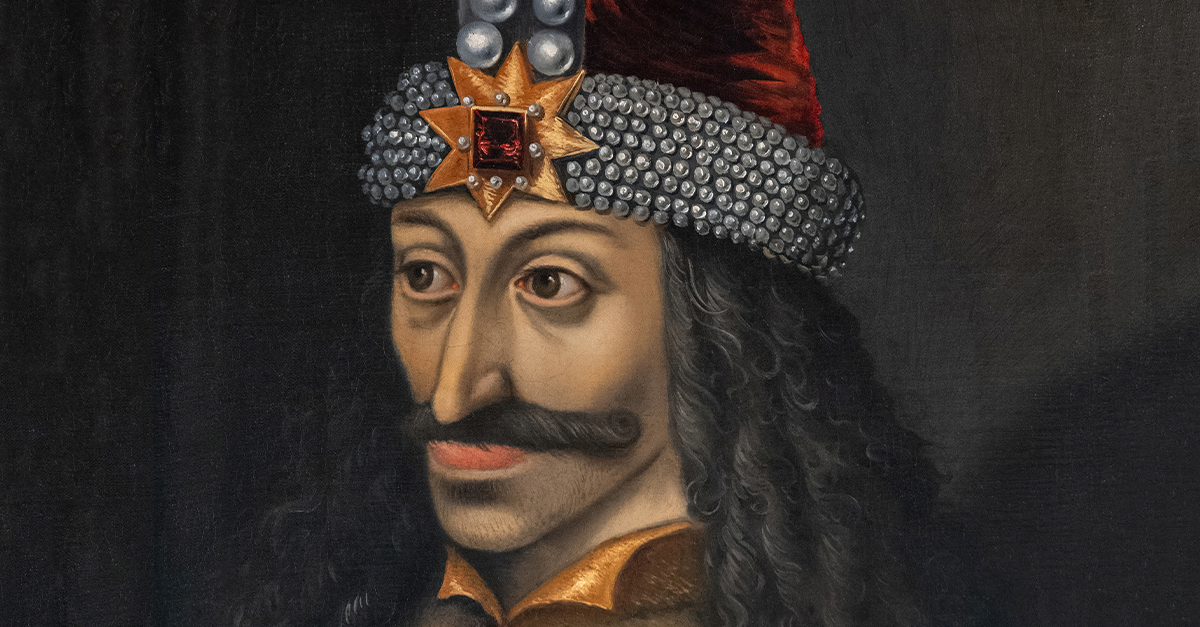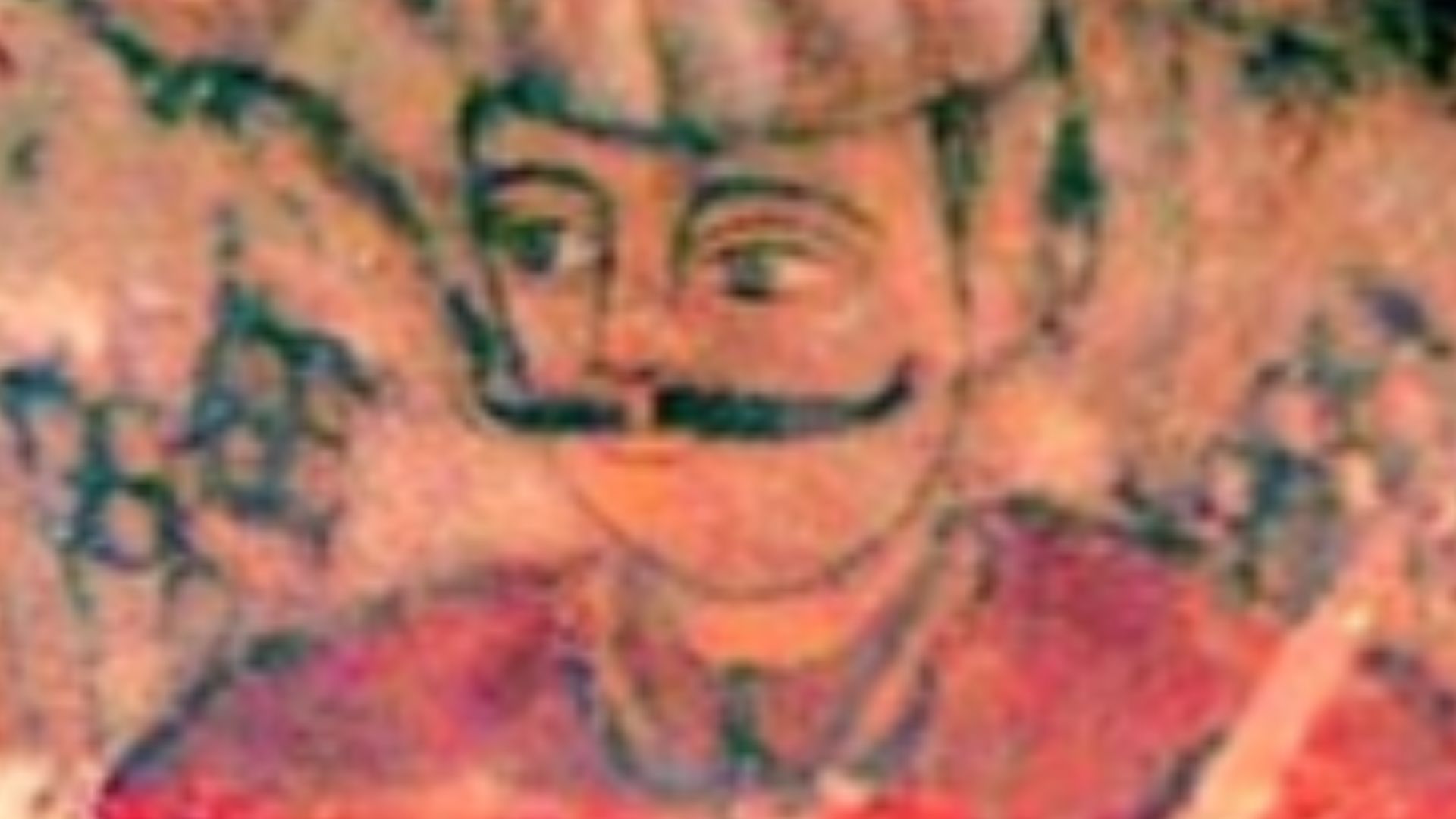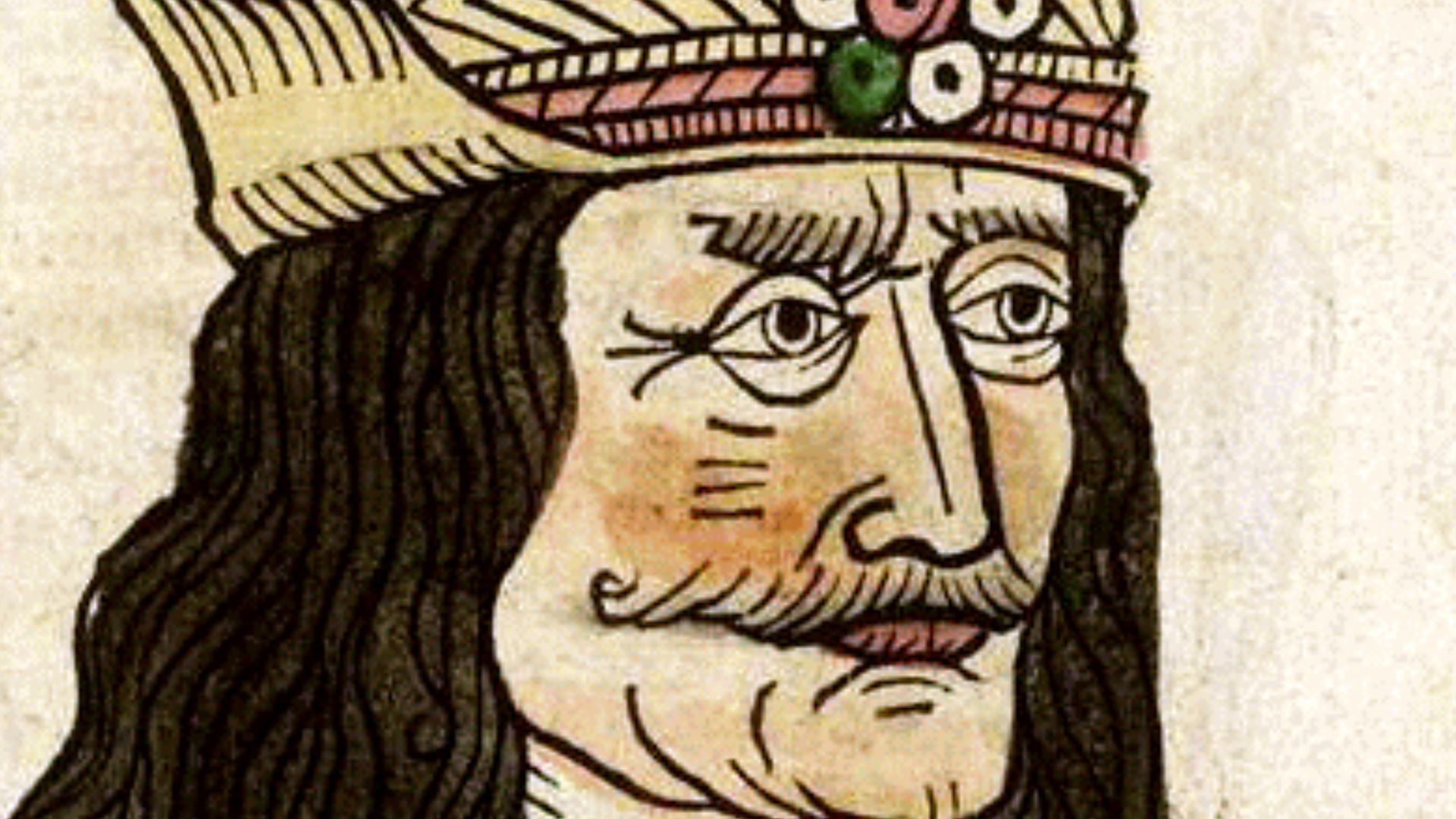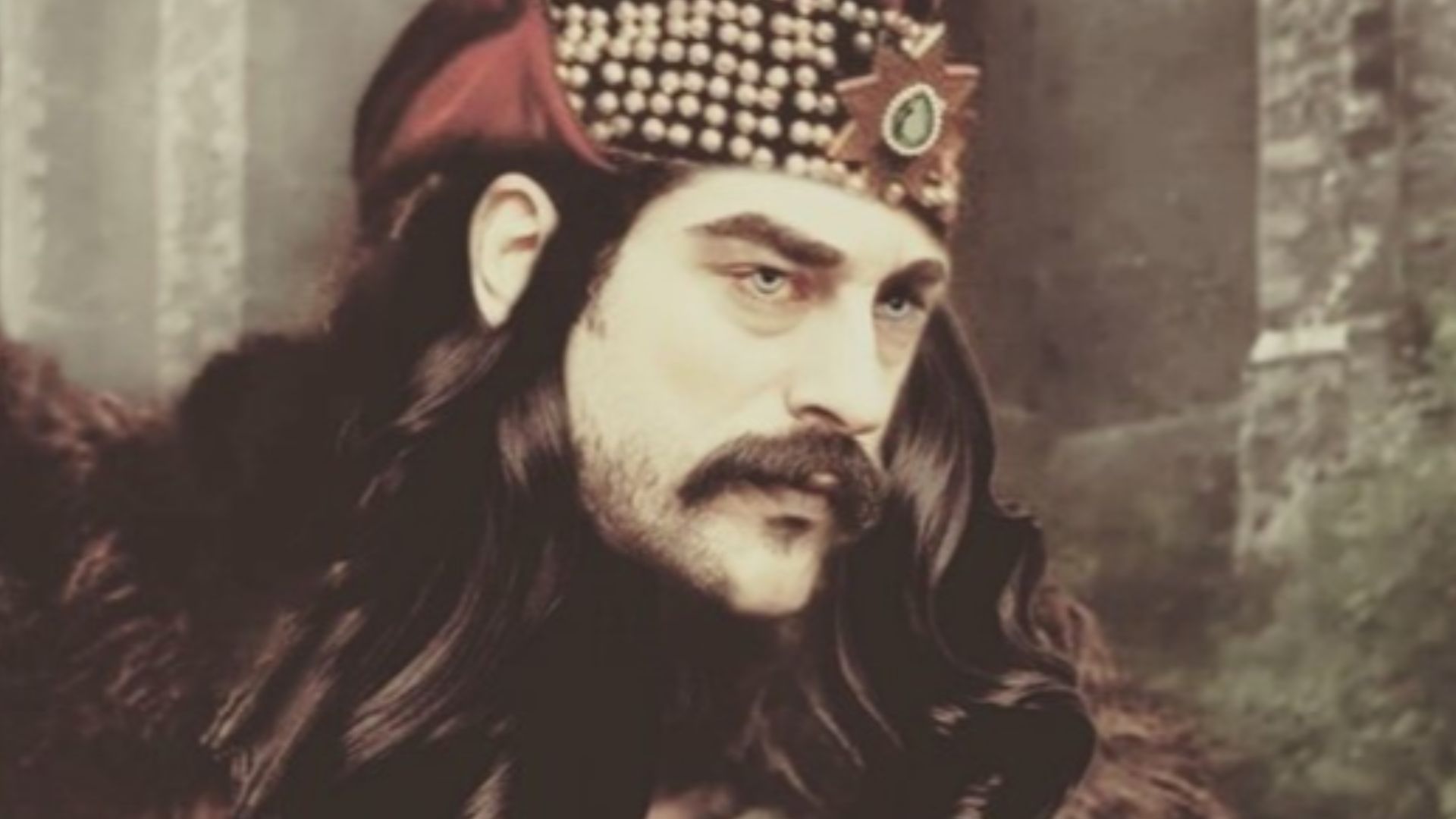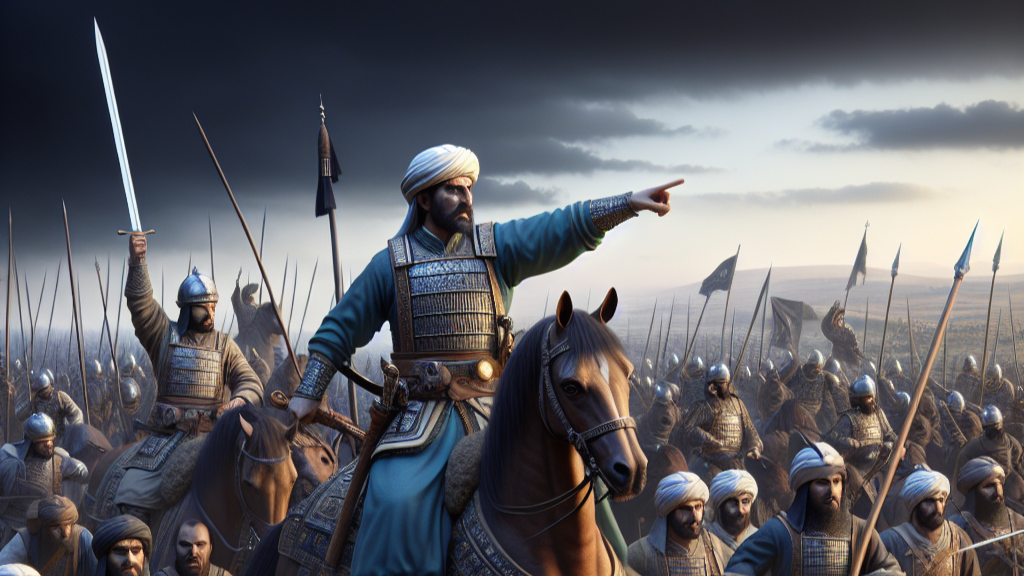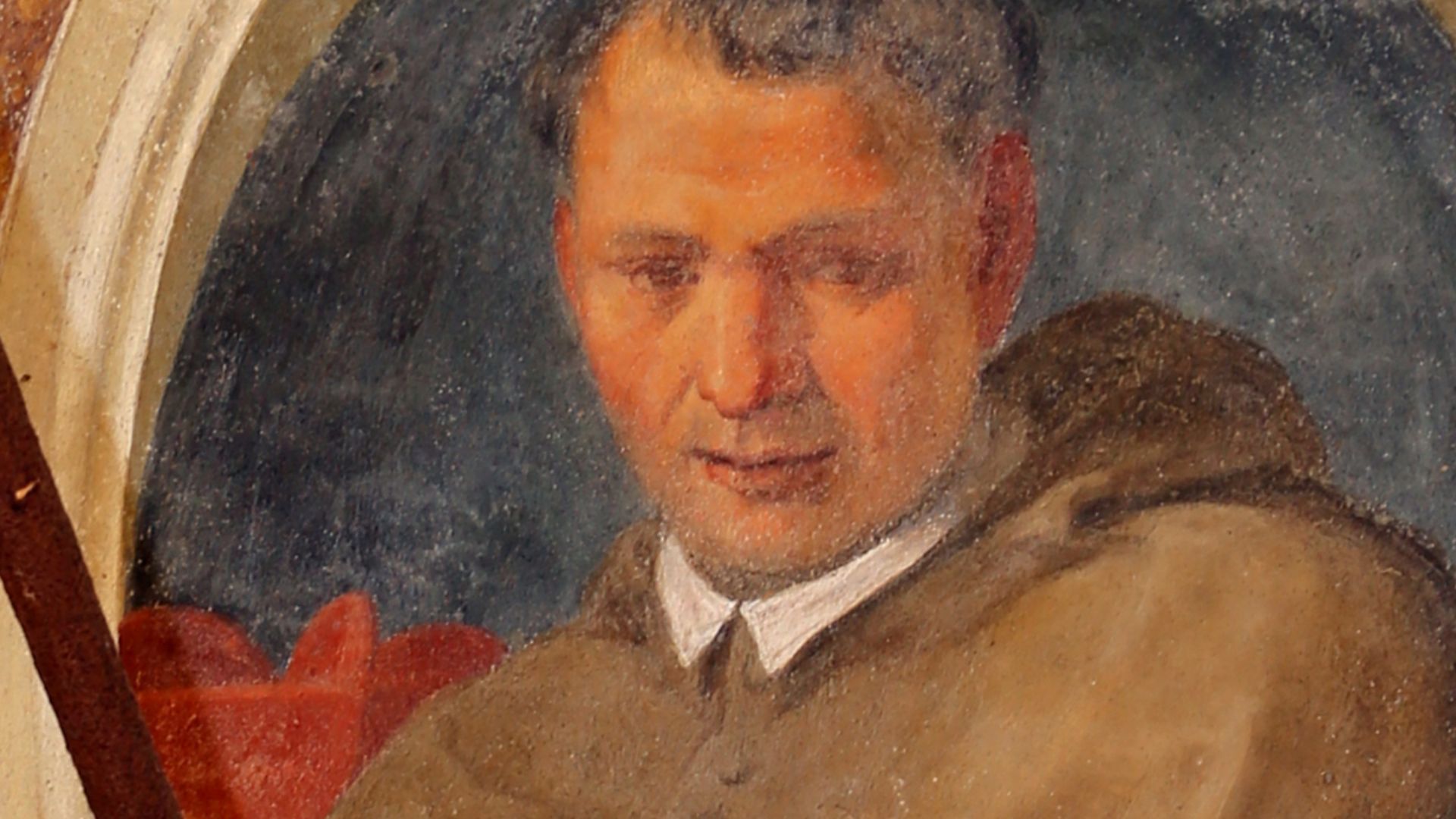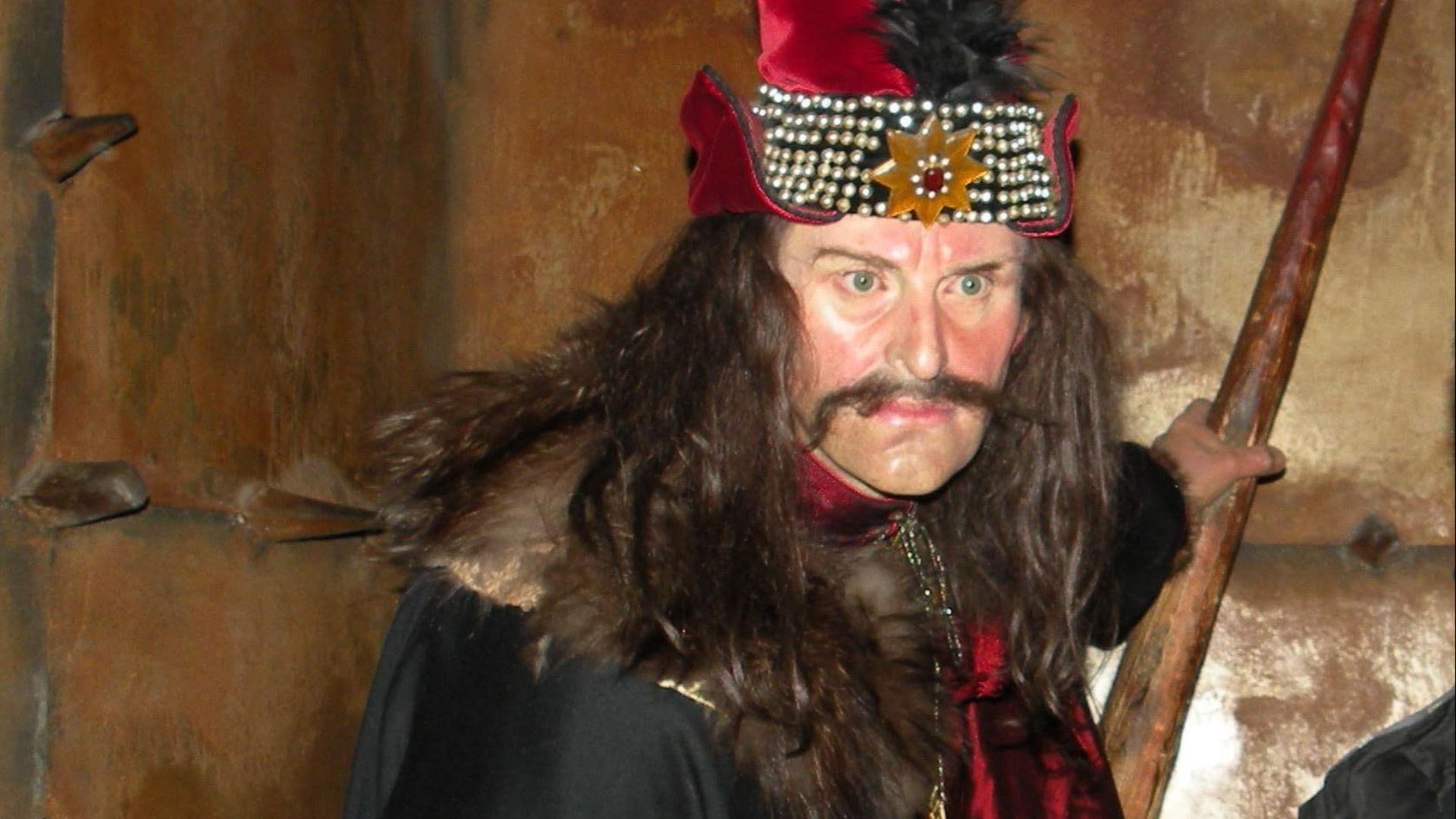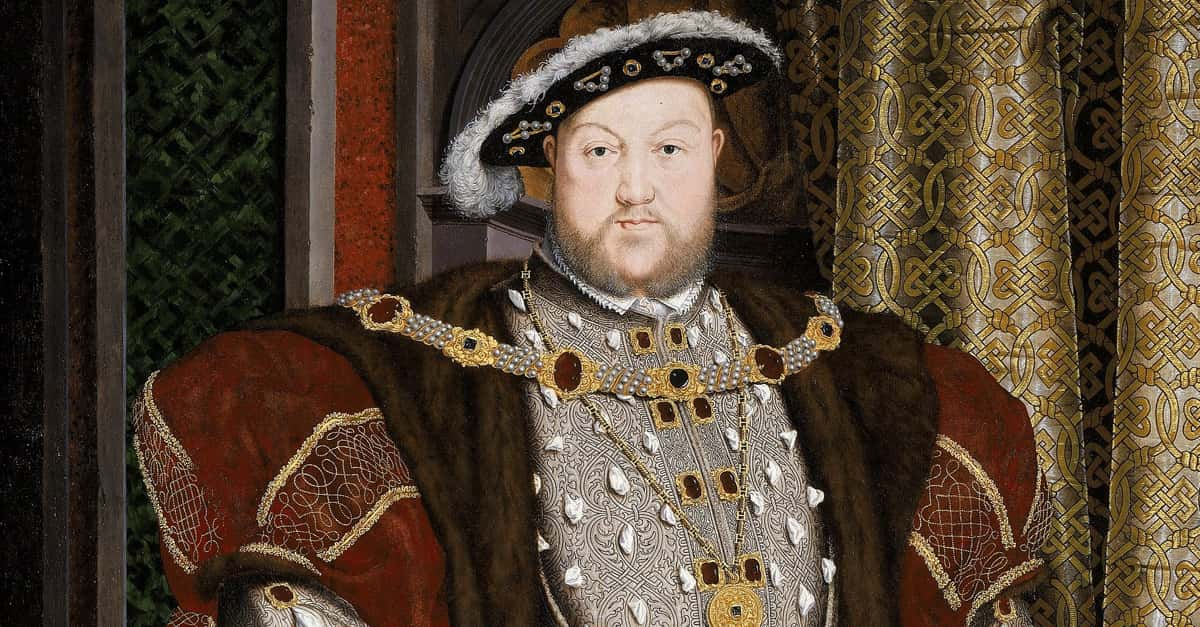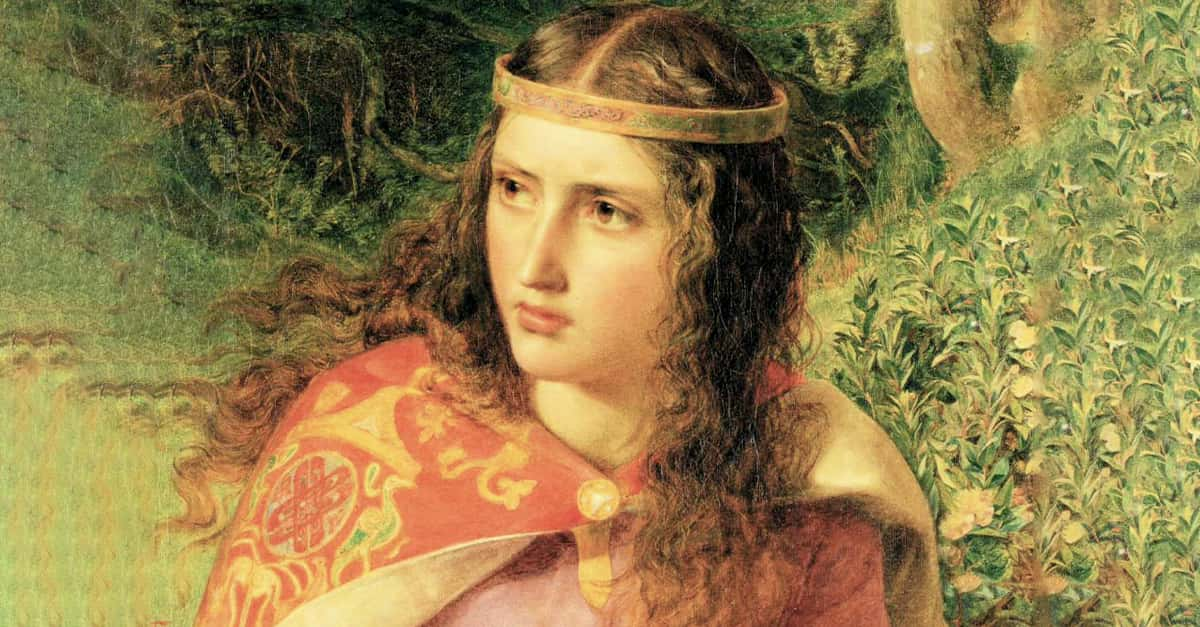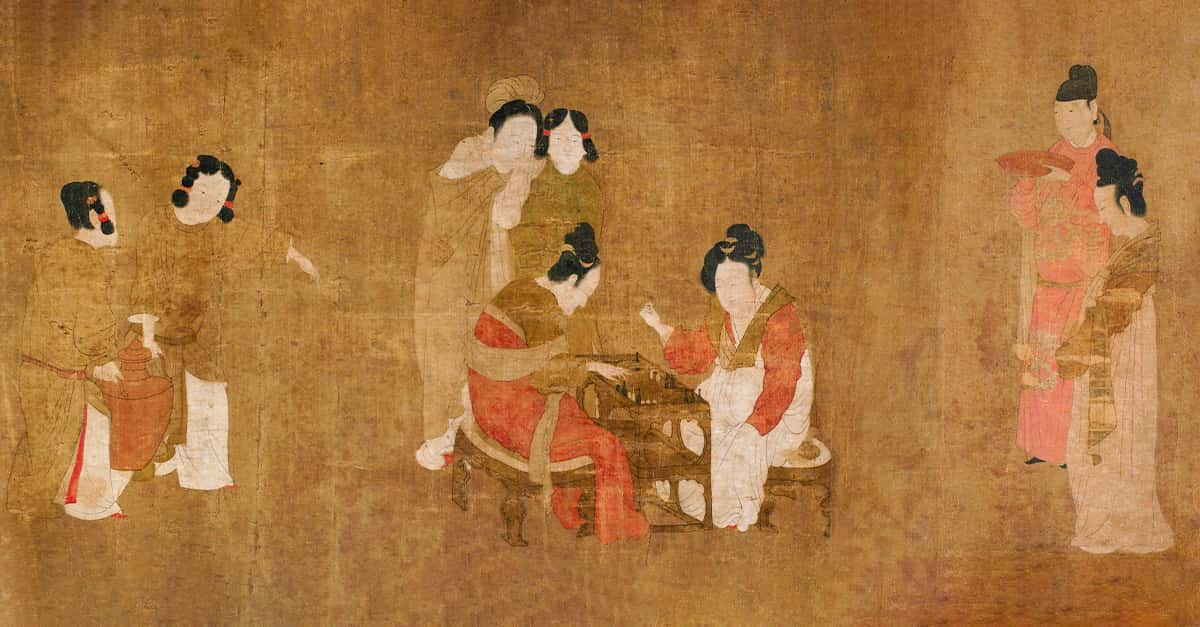The Power Of Fear
Many historic rulers have demonstrated the drastic measures they have resorted to in order to protect what they hold dear. However, few have garnered such an infamously cruel and bloodthirsty reputation as Vlad Țepeș, also known as Vlad the Impaler or Vlad III.
Having earned himself this nickname, Vlad has often been described as psychopathic, ruthless, and sadistic—as well as a hero by some.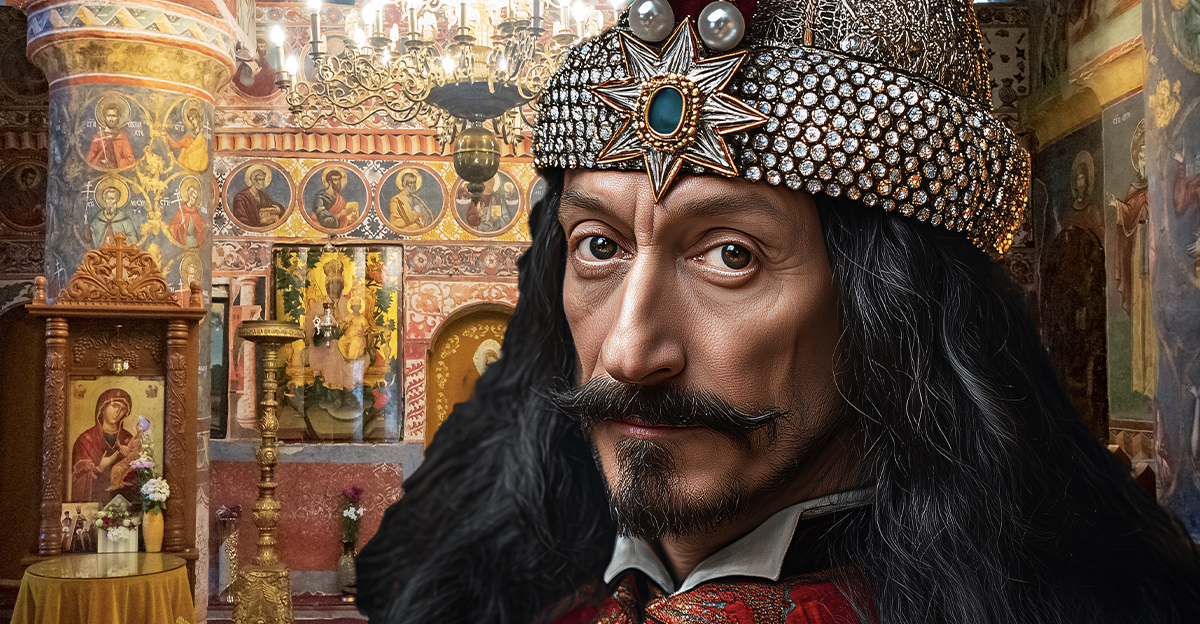
1. His Father Took What He Wanted
The nature of royalty and ruling during the 15th century was complex, and things weren’t as clear-cut as following bloodlines and firstborn heirs. This was the case with Vlad II Dracul, Vlad Tepes’s father, the illegitimate son of Mircea I of Wallachia, who had ruled over Wallachia as its voivode—meaning “warlord”.
This illegitimacy mattered little to Vlad II, who took the throne by force in 1436 after the passing of his half-brother, the rightful heir. This was likely after Vlad Tepes was born, but even that remains unclear.
2. His Birthday Was Estimated
Much of Vlad the Impaler’s life remains shrouded in mystery and legend, and the details of his birth are no exception. While historians have never confirmed the exact date, there is a range of about four years that seems to be the most plausible. Considering he had reached the minimum age of candidacy for the throne in 1448, he likely was born around 1431.
One thing that has endured, however, is his name.
3. His Name Inspired Fear
Even before he became known as Vlad the Impaler, Vlad III already carried the moniker of Vlad Dracula, which translates to “son of the Dragon”. This was because his father belonged to the Order of the Dragon, himself having the title “Dracul” or “Dragon”. However, in modern Romanian, Dracula actually translates to “son of the Devil”.
Despite being “the Dragon,” Vlad's father was no stranger to nightmarish rivalries—and one in particular involved Vlad himself.
4. He Was Brought In
In 1442, Vlad's father decided he would not support an Ottoman invasion of Transylvania, especially after meeting the country’s voivode, John Hunyadi. Naturally, this didn’t sit right with Sultan Murad II, since Wallachia was an Ottoman vassal state.
To prove his loyalty, Vlad II traveled to Gallipoli with his two sons, Vlad Tepes and Radu, at the Sultan’s orders. However, the trip back was more lonesome—for a horrifying reason.
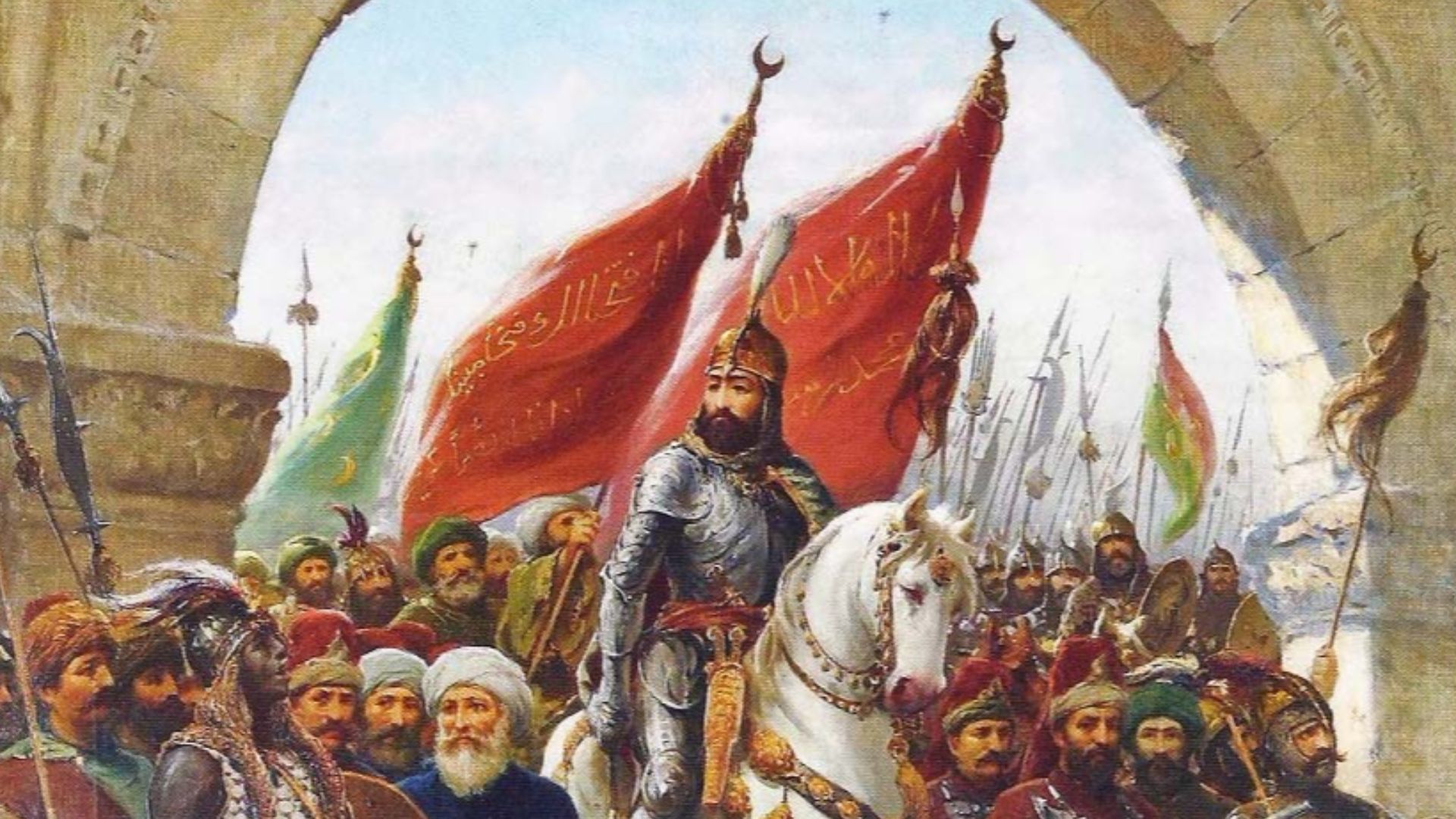 Fausto Zonaro, Wikimedia Commons
Fausto Zonaro, Wikimedia Commons
5. They Stayed Behind
As soon as Vlad II and his sons arrived in Gallipoli, the Ottomans captured and incarcerated them, but only one of them got off easy. The Sultan released Vlad II within the year, but still doubted his loyalty, so he took precautions. As collateral, Murad II kept Vlad Tepes and Radu imprisoned, just to make sure Vlad II thought twice about betraying the Ottomans.
Of course, it wasn’t the two brothers who would soon meet a terrible fate.
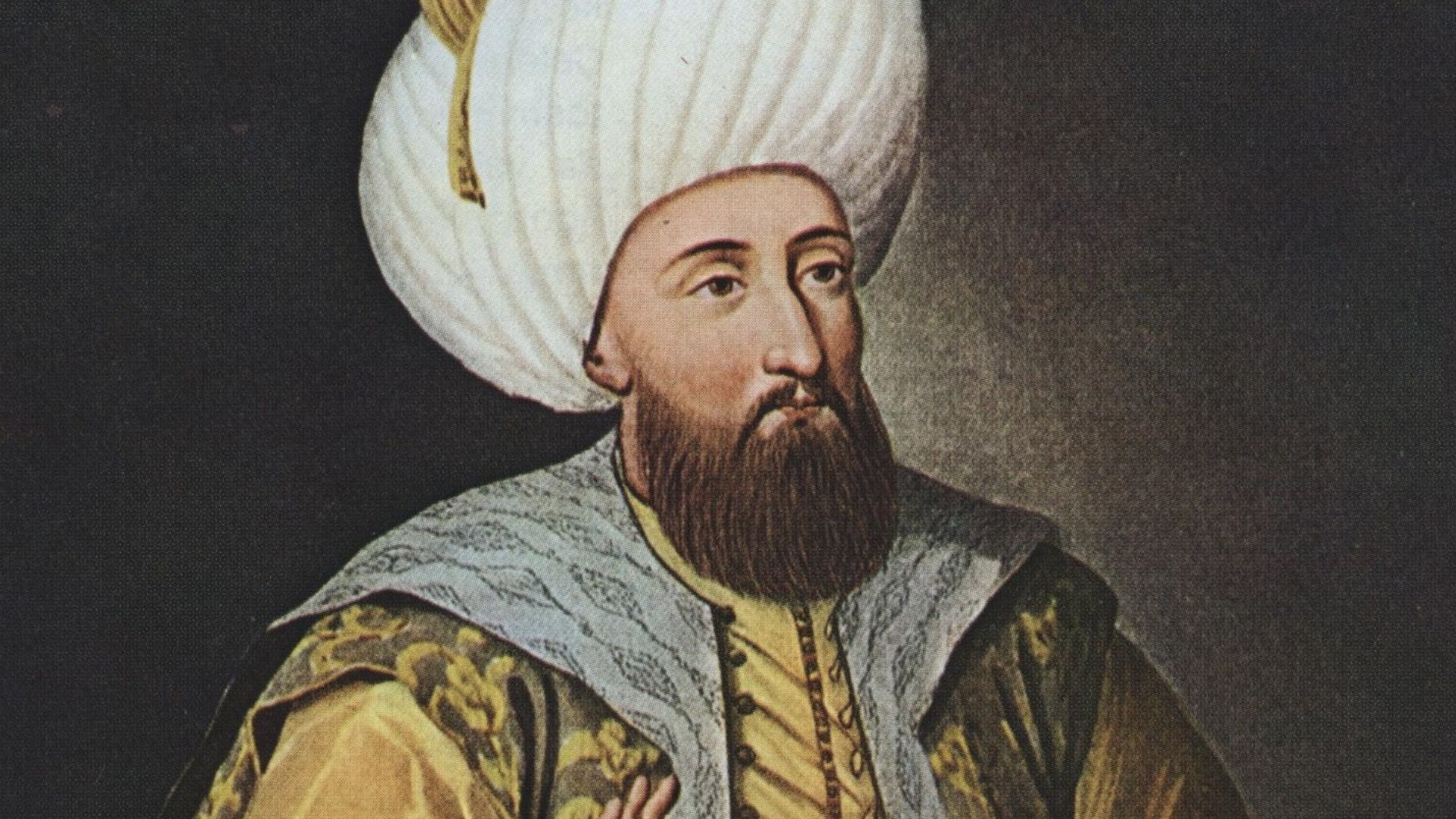 Original: Belli degilOriginal Uploder was Osmanlı98, Wikimedia Commons
Original: Belli degilOriginal Uploder was Osmanlı98, Wikimedia Commons
6. They Both Fell
Although Vlad II was loyal to the Ottoman Empire, paying a tribute each year didn’t save him when enemies came to his doorstep. In November 1447, John Hunyadi—now Hungary’s regent-governor—marched on Wallachia. Shortly after, Vlad II and his eldest son Mircea perished, allowing Hunyadi to appoint Vlad Tepes’s cousin, Vladislav II, as the new ruler.
Eventually, Vlad the Impaler would get his own shot.
 Unknown authorUnknown author, Wikimedia Commons
Unknown authorUnknown author, Wikimedia Commons
7. He Seized His Chance
By the time his father and older brother perished, Vlad III was old enough to lay claim to the rule of Wallachia. Free from imprisonment, his opportunity came when the throne sat vacant in September 1448, as John Hunyadi and Vladislav II marched against the Ottoman Empire. With Ottoman forces behind him, Vlad III returned to Wallachia and took control.
But even after enduring such a chaotic upbringing, he still wasn’t in the mood for peace.
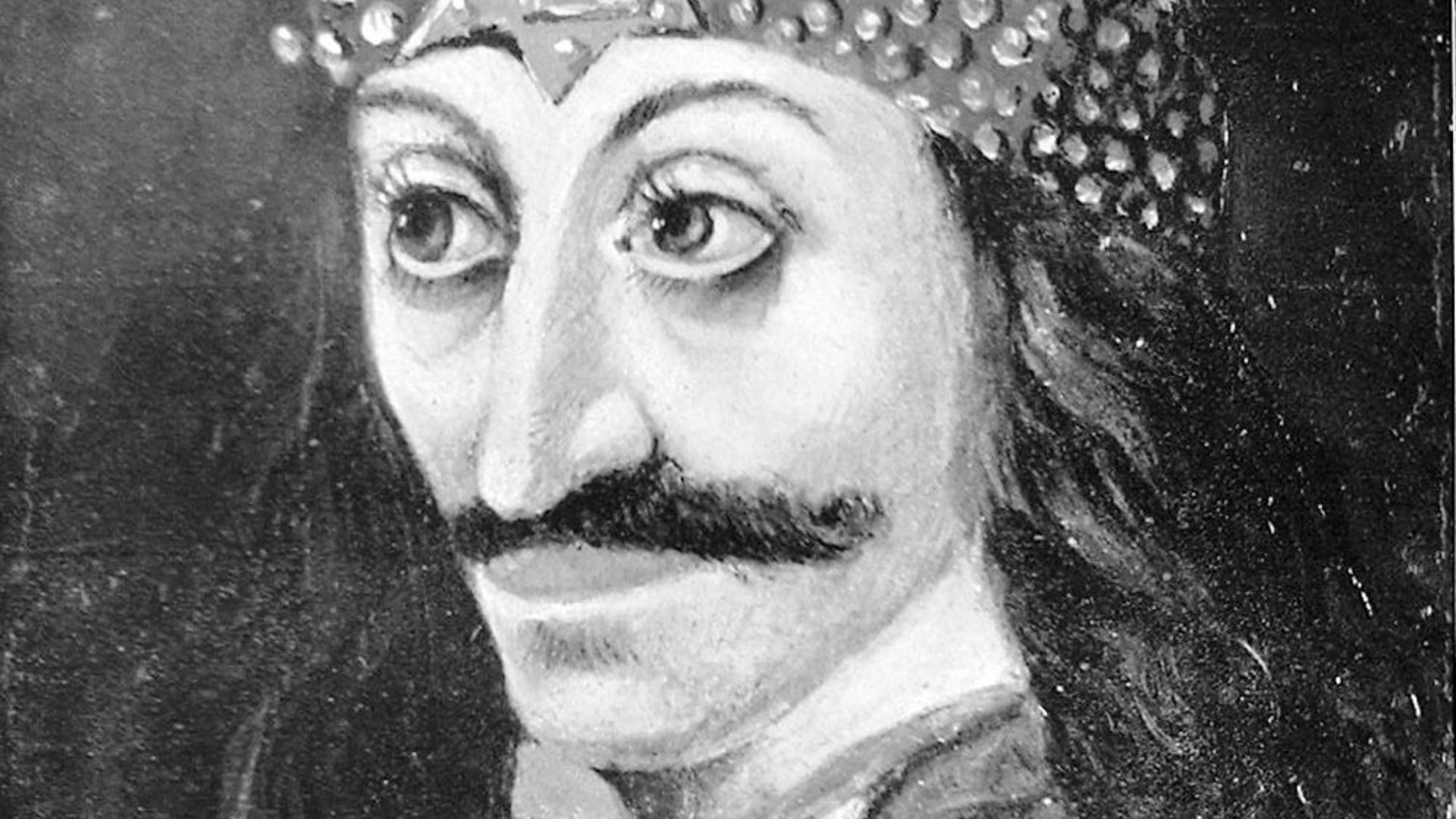 Unidentified painter, Wikimedia Commons
Unidentified painter, Wikimedia Commons
8. He Refused
Hunyadi’s campaign against the Ottomans hadn’t gone as well as Vlad Dracula’s return to Wallachia, with Hunyadi and Vladislav II retreating in failure by October 18. As possibly an effort to avoid further bloodshed, Hunyadi’s deputy tried to get Vlad out of Wallachia by inviting him to meet in Transylvania. However, Vlad wasn’t ready to back down.
Unfortunately for him, this first reign didn’t last long.
 Meister von Maria am Gestade, Wikimedia Commons
Meister von Maria am Gestade, Wikimedia Commons

History's most fascinating stories and darkest secrets, delivered to your inbox daily.
9. He Was Forced Out
Determined to hold the throne of Wallachia, Vlad Tepes awaited the return of John Hunyadi and Vladislav II. When they arrived in December, their forces had already diminished from their losing fight against the Ottomans. Still, they proved to be far too strong a force for Vlad’s army, and they ousted him after around two months of his rule.
This wasn’t the last they would see of him, though.
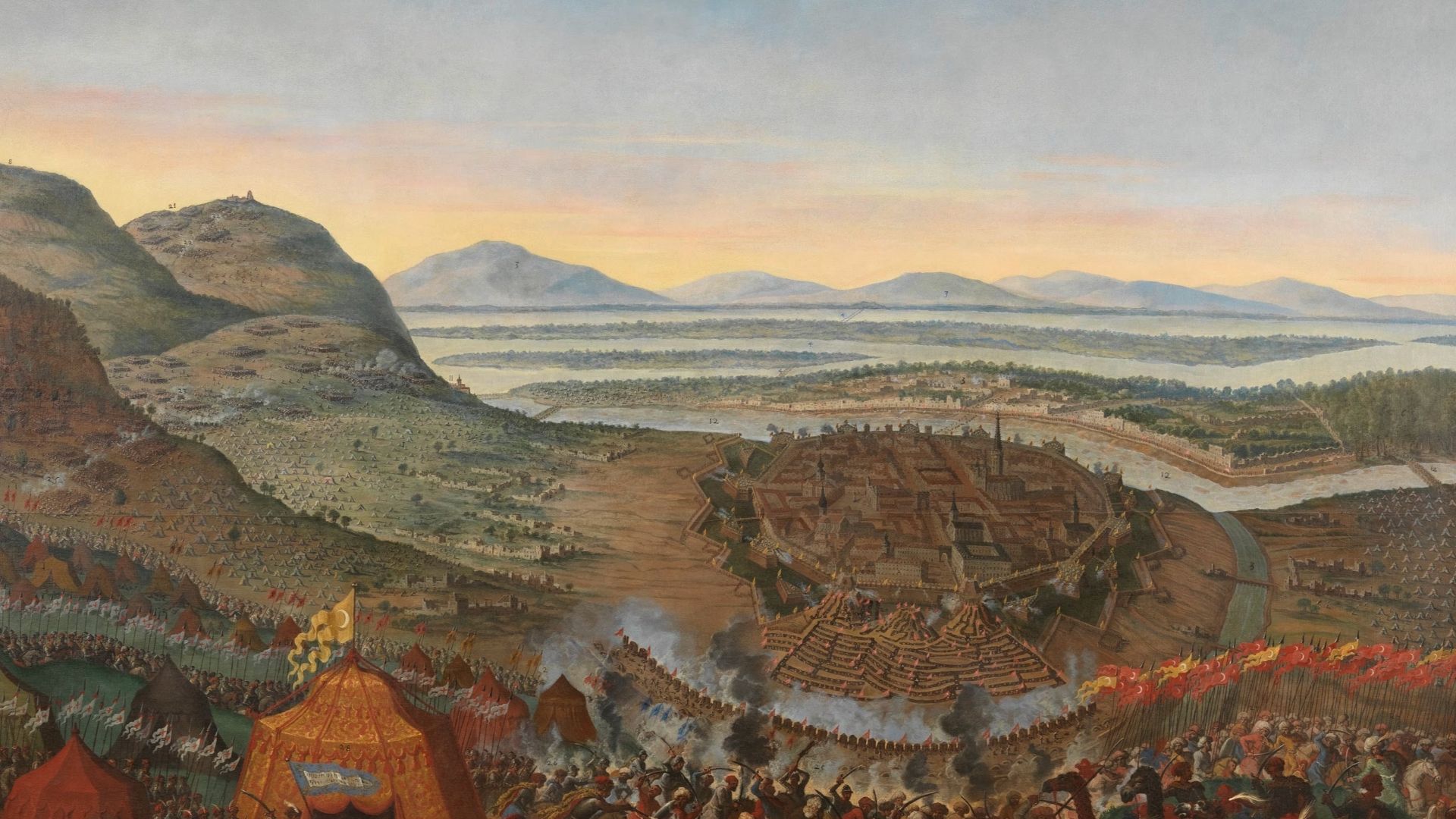 Frans Geffels, Wikimedia Commons
Frans Geffels, Wikimedia Commons
10. He Came Back
For nearly a decade, Vlad waited to make another attempt at reclaiming the Wallachian throne, although exactly how he eventually did this remains unknown. While it's clear that sometime in mid-1456, Hungary helped him with another invasion, the details surrounding this are vague. What is certain is that by September, he had once again become voivode.
Building his reputation, he began his new reign with more bloodshed.
 Vlad the Impaler (2019) | Official Trailer | Action/War, 4DM Movie Trailers
Vlad the Impaler (2019) | Official Trailer | Action/War, 4DM Movie Trailers
11. His Revenge Was Swift
As soon as he took control, Vlad Tepes worked to root out what he saw as corruption among the nobility, known as boyars. Many of them had orchestrated the demise of Vlad’s father and older brother, and he couldn’t take the chance of this repeating. So, as several sources stated, one of Vlad’s first actions was to execute hundreds of people, if not thousands.
Naturally, Vlad was used to making enemies.
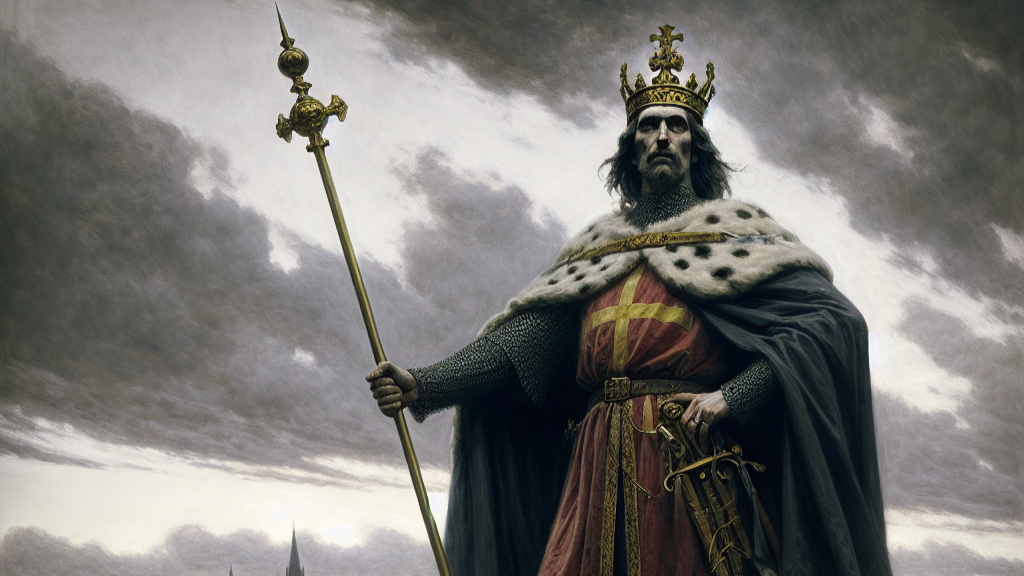 Factinate12. He Accused Him
Factinate12. He Accused Him
As he had helped Vlad reclaim the throne, the Hungarian King believed that Vlad would remain loyal to him. However, when Vlad sent his customary tribute to the Ottoman Sultan, it prompted Hungary’s new captain-general, Ladislaus Hunyadi, to call out Vlad for being intentionally unfaithful.
Of course, Hungary soon had its own issues to deal with.
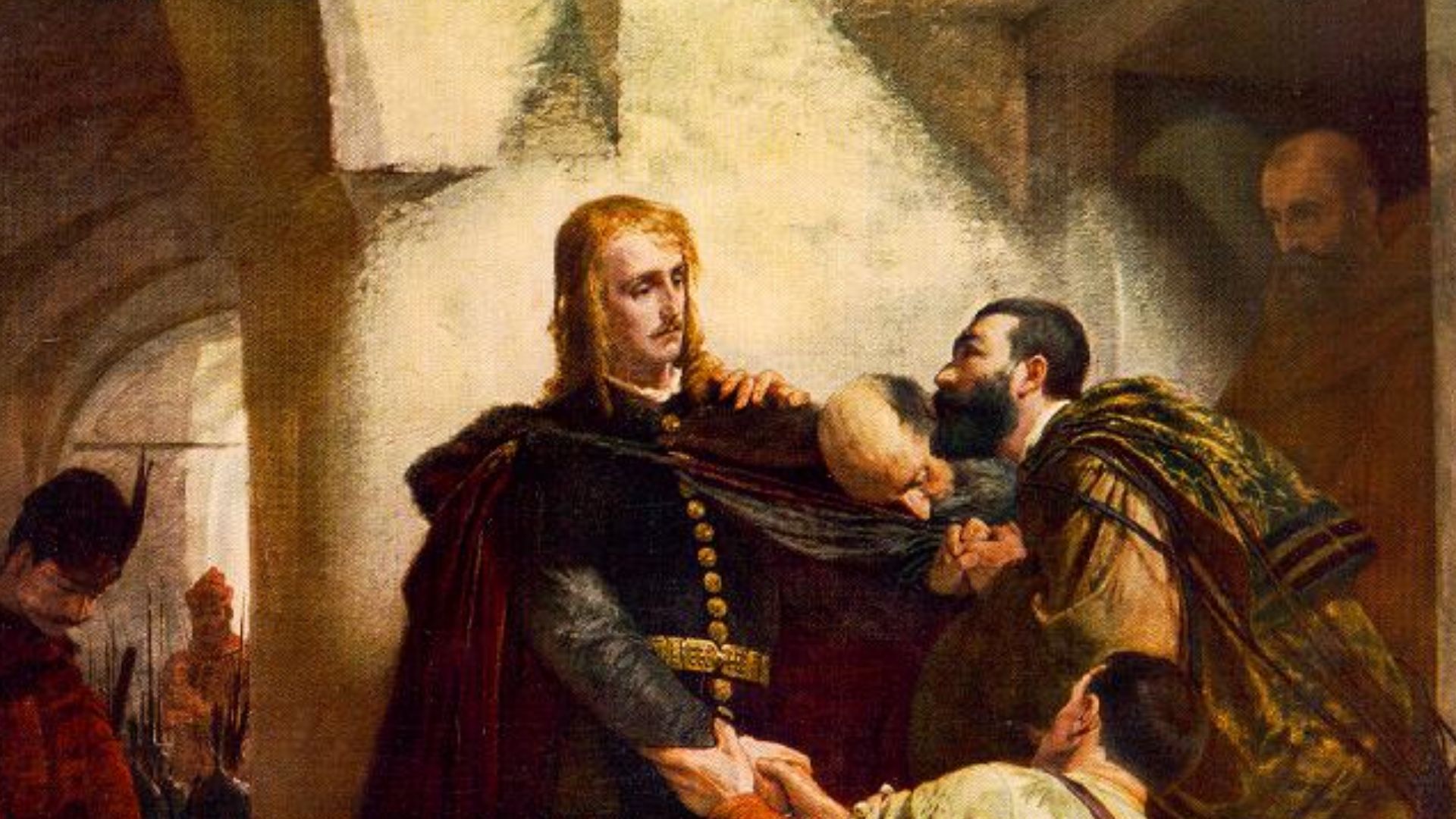 Gyula Benczur, Wikimedia Commons
Gyula Benczur, Wikimedia Commons
13. They Revolted
In 1457, an internal conflict broke out when the King of Hungary executed Ladislaus Hunyadi, whose mother and uncle then initiated a rebellion. This was perfect for Vlad, as the chaos allowed him and Stephen, son of Bogdan II of Moldavia, to seize Moldavia. This act cemented the two as allies.
Following this, he truly earned his nickname.
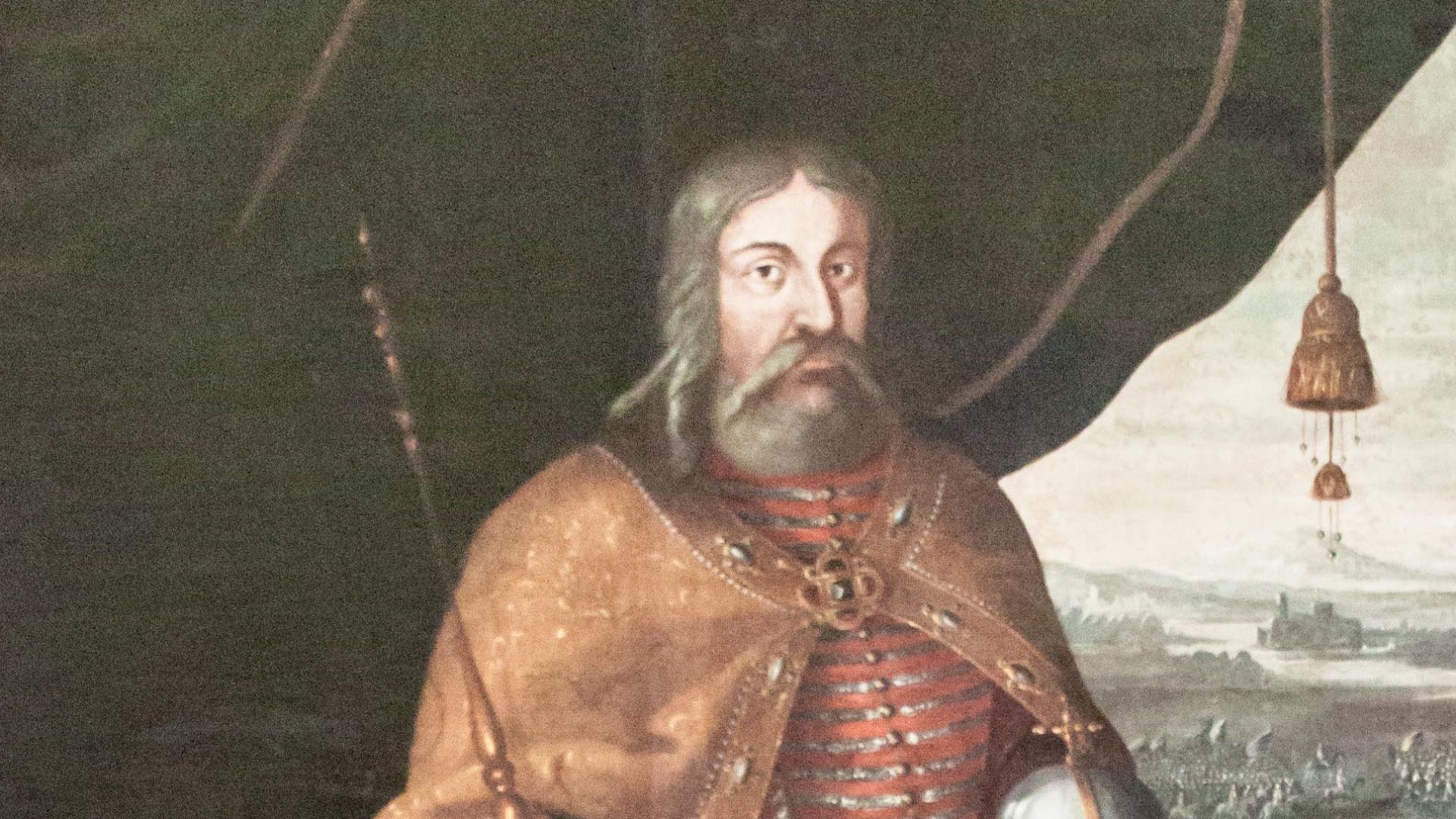 Unidentified painter, Wikimedia Commons
Unidentified painter, Wikimedia Commons
14. He Made His Reputation
Content with his violent path, Vlad continued to Transylvania, looting and pillaging the villages surrounding Sibiu and Brașov. It was around this time that the first known examples of Vlad’s propaganda among the Germans surfaced, as they told stories of him kidnapping Saxon residents and bringing them to Wallachia, where he would impale them on stakes.
This seemingly had his desired effect.
 Vlad the Impaler (Full Episode) | Atlas of Cursed Places | National Geographic, National Geographic
Vlad the Impaler (Full Episode) | Atlas of Cursed Places | National Geographic, National Geographic
15. They Were Scared
While Ladislaus Hunyadi hadn’t been a fan of Vlad, his younger brother, Matthias Corvinus, knew it was better to have the Impaler as a friend rather than an enemy. Therefore, when the people elected Corvinus the King of Hungary in 1458, he gave the order for Sibiu’s residents to maintain peace with Wallachia’s ruler.
On the other hand, Vlad had no desire for peace.
 Andrea Mantegna, Wikimedia Commons
Andrea Mantegna, Wikimedia Commons
16. He Did More Damage
Just two years later, Vlad’s cousin Dan III tried to invade Wallachia, drawing as much support as he could from the residents of Brașov, Transylvania, where he had settled. However, Vlad quickly put a stop to this invasion and executed Dan before taking revenge on Brașov by plundering its suburbs and impaling the captives he took.
Finally, he took a breather.
 Vlad the Impaler (2019) | Official Trailer | Action/War, 4DM Movie Trailers
Vlad the Impaler (2019) | Official Trailer | Action/War, 4DM Movie Trailers
17. He Calmed Down
Following Dan’s invasion in 1460, Vlad spent the next few months enacting his vengeance on the people of Brașov. However, his demeanor changed once he felt his justice had been served. By July 26, he had settled down and even called the remaining Brașov residents his "brothers and friends".
With numerous successful shows of force, Vlad was now ready to rebel.
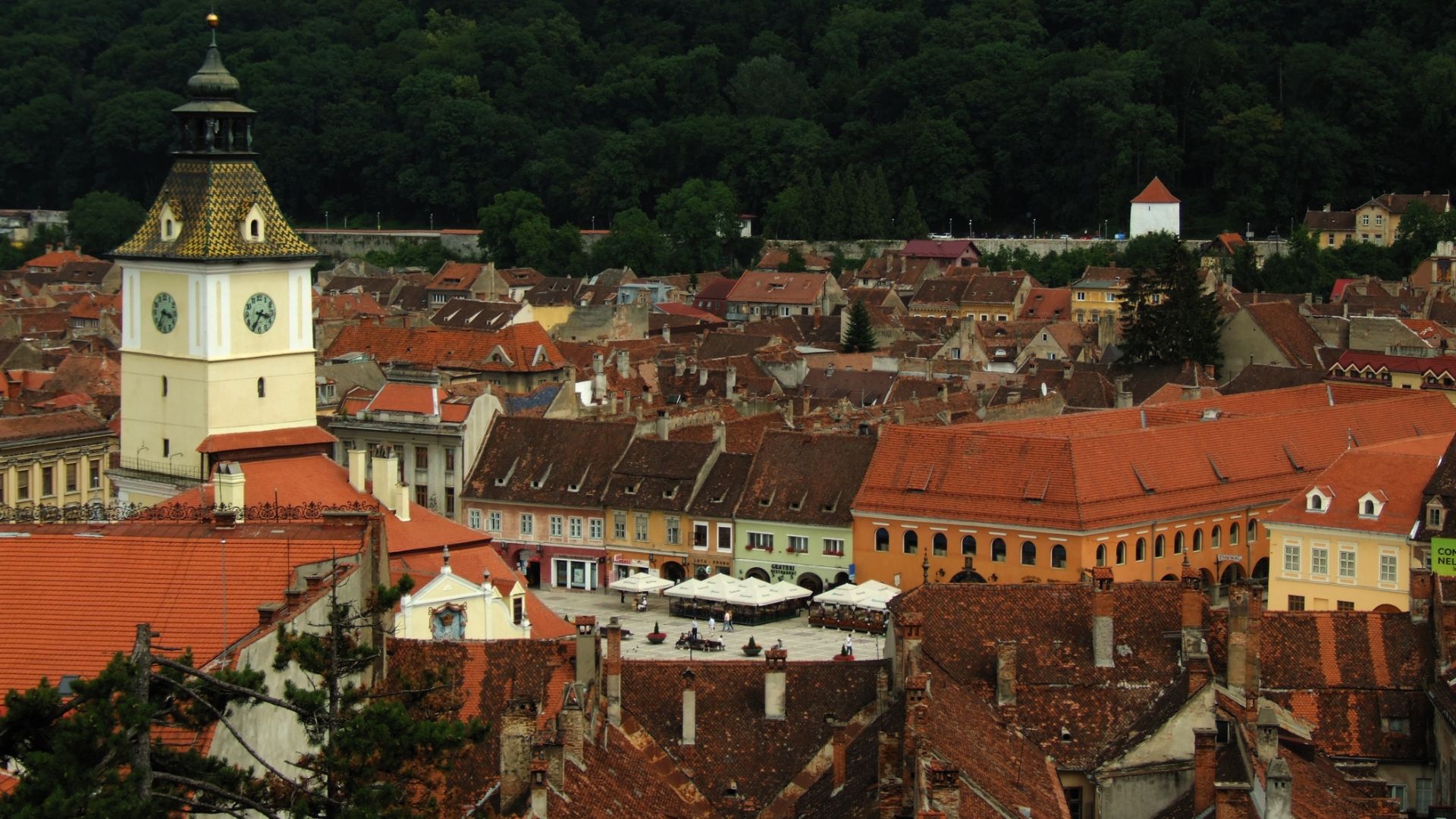 Pudelek (Marcin Szala), Wikimedia Commons
Pudelek (Marcin Szala), Wikimedia Commons
18. He Didn’t Pay
By now, Vlad had become ambitious and certainly bloodthirsty enough to try to emerge from under the Ottoman Empire’s thumb. While the exact year is again unclear, two sources state that Vlad stopped paying his tribute to Sultan Mehmed II, with one specifying that he refused to for three years.
However, this may not be exactly what happened.
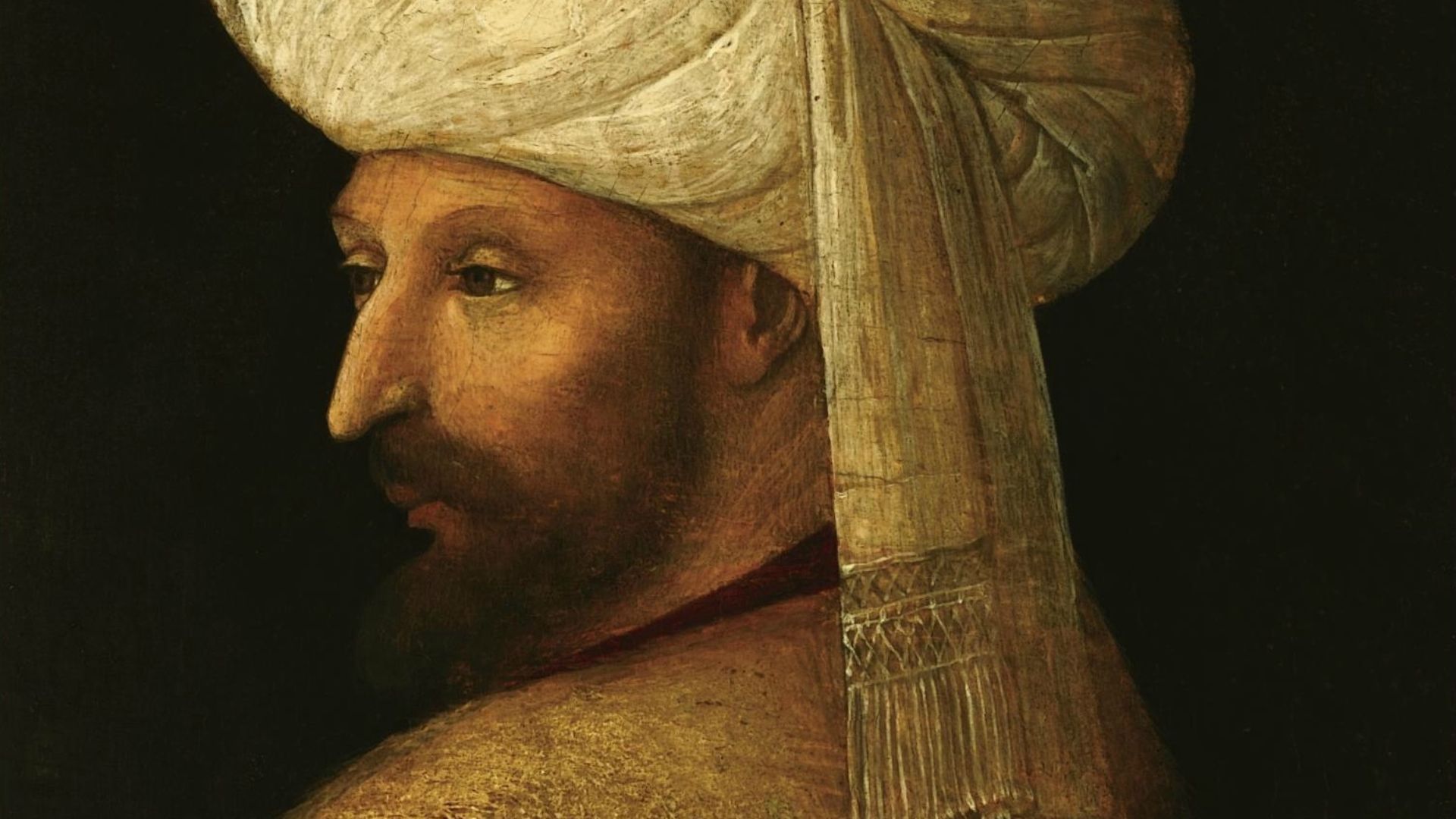 A follower of Gentile Bellini, Wikimedia Commons
A follower of Gentile Bellini, Wikimedia Commons
19. He Wrote The Truth
While it’s true that Vlad stopped paying his tribute, and although one of these sources was a janissary in the Ottoman army, both records surfaced decades later. Conversely, one of the Sultan’s secretaries, Tursun Beg, wrote during the time it was happening that Vlad waited to stop paying until the Sultan was away on expedition in 1461.
Once the Sultan learned of this, he was not happy.
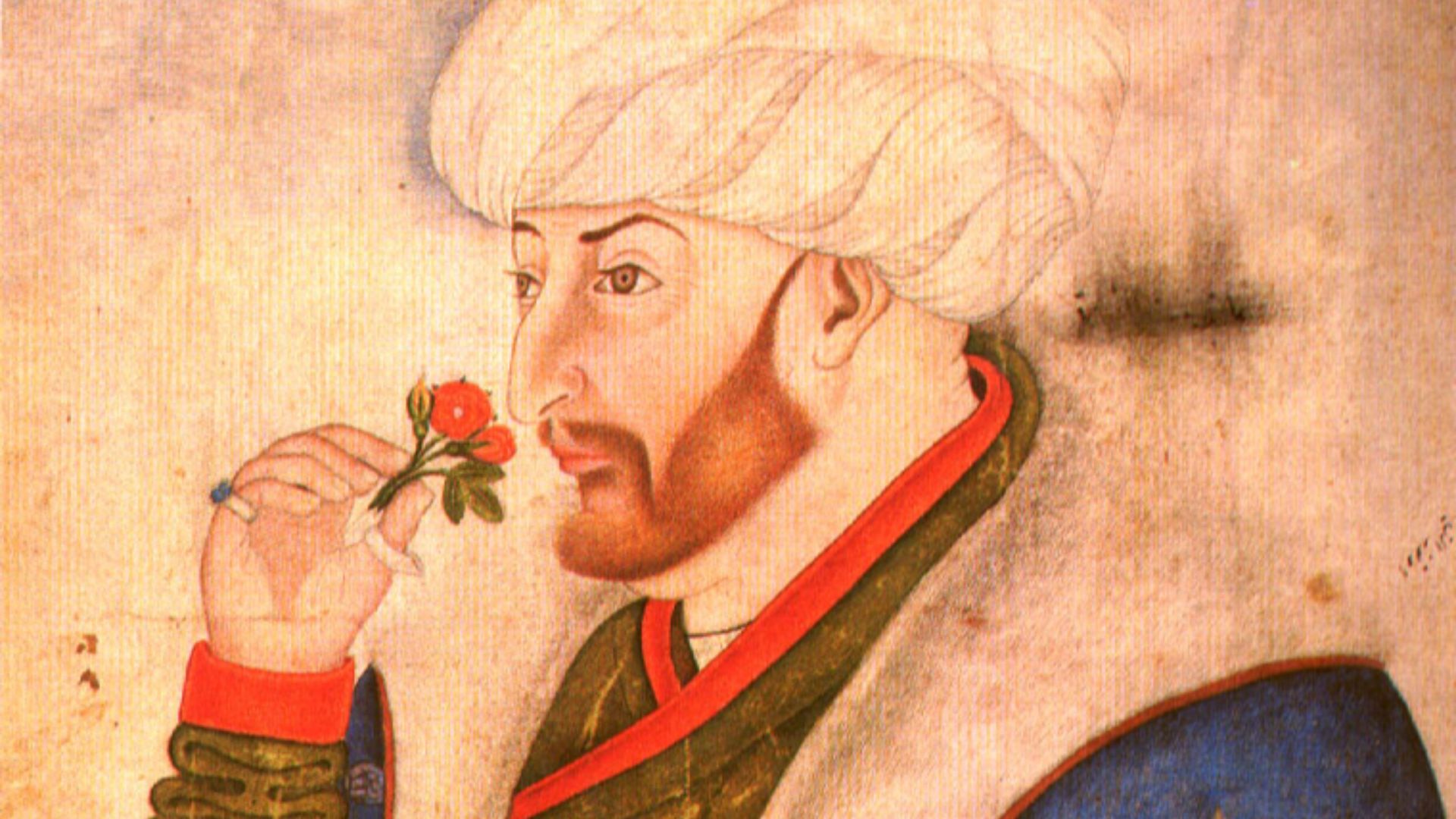 Nakkaş Sinan Bey, Wikimedia Commons
Nakkaş Sinan Bey, Wikimedia Commons
20. He Tried To Trap Him
Also, according to Tursun Beg, Vlad had not only refused to pay any more tribute but had begun conspiring with Matthias Corvinus. Mehmed II’s spies informed him of this, prompting the Sultan to send an envoy to bring Vlad to Constantinople, with secret orders to capture the Impaler once he was over the Danube River.
However, Vlad was too clever for this.
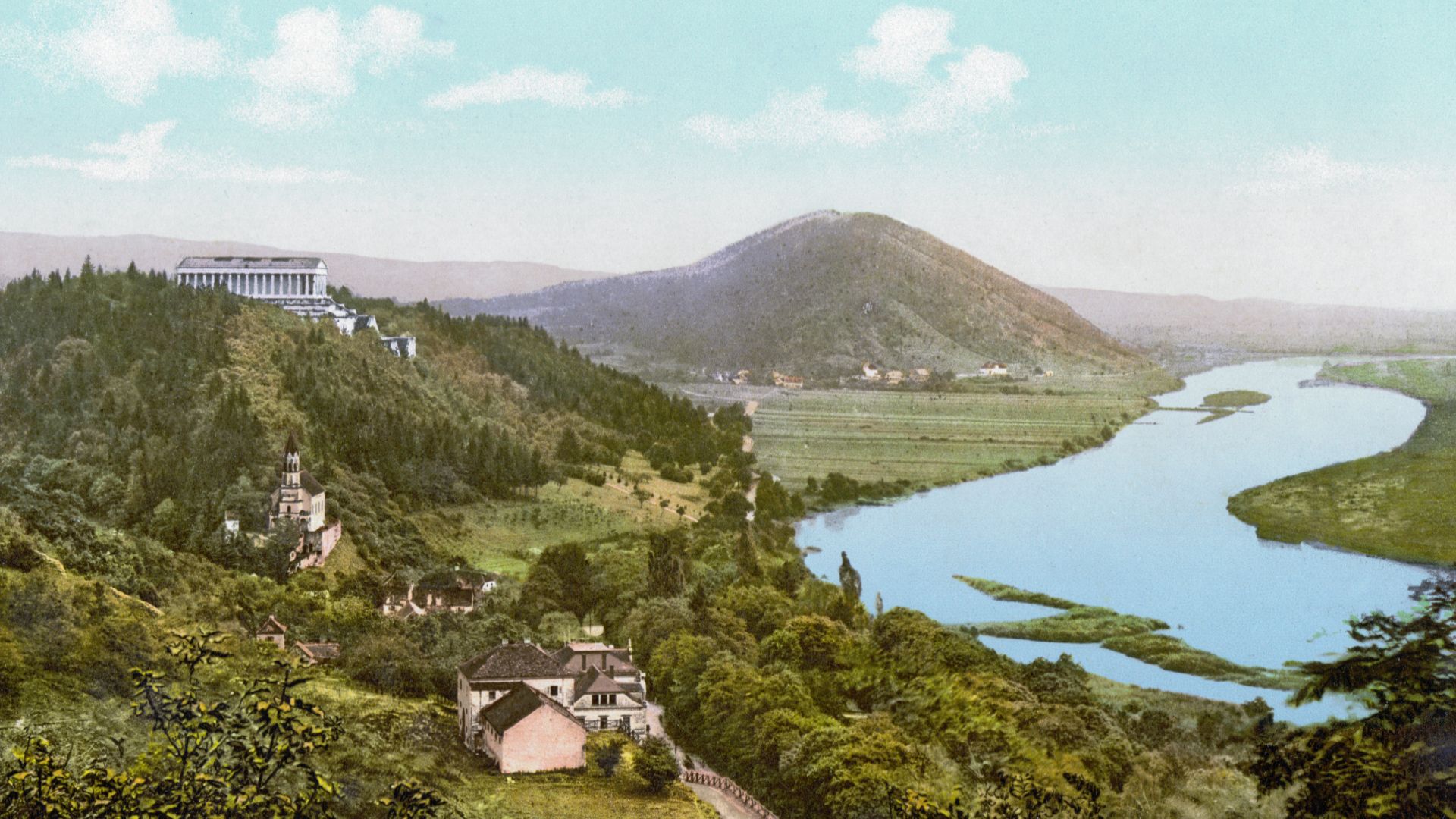 Unknown authorUnknown author, Wikimedia Commons
Unknown authorUnknown author, Wikimedia Commons
21. He Caught On
Vlad likely found his orders to travel to Constantinople suspicious, especially considering he was secretly negotiating with Corvinus. As he and his forces made the journey, he soon found out about the plans for his capture. Taking the Sultan’s envoy by surprise, he immediately secured those trying to take him and executed them for their "deceit and trickery".
Suddenly, he had an idea.
22. He Tricked Them
Having reached the Danube, Vlad and his forces decided to use the Sultan’s ruse to their advantage. Approaching the fortress of Giurgiu, Vlad made it seem like the envoy was still escorting them, speaking fluent Turkish as he asked the guard to open the gates. His men captured the fortress in a matter of moments.
But he didn’t stop there.
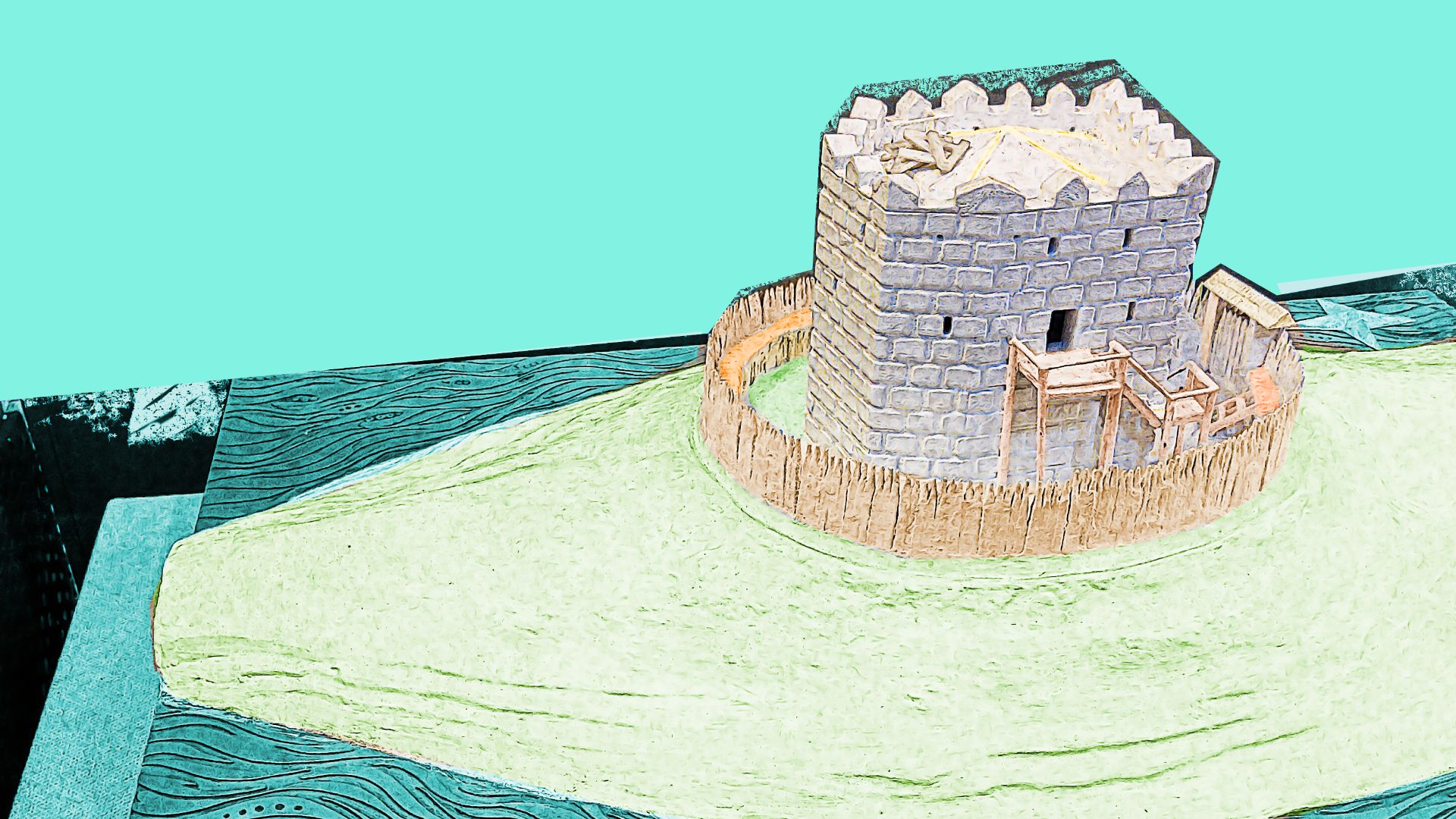 CristianChirita, Wikimedia Commons
CristianChirita, Wikimedia Commons
23. He Invaded
Vlad realized there was no turning back and doubled down on his decision to finally invade the Ottoman Empire. Starting with the villages in the immediate area, Vlad surged across the region, eventually slaying around "23,884 Turks and Bulgarians," as he wrote to Corvinus. Mehmed responded to this threat accordingly.
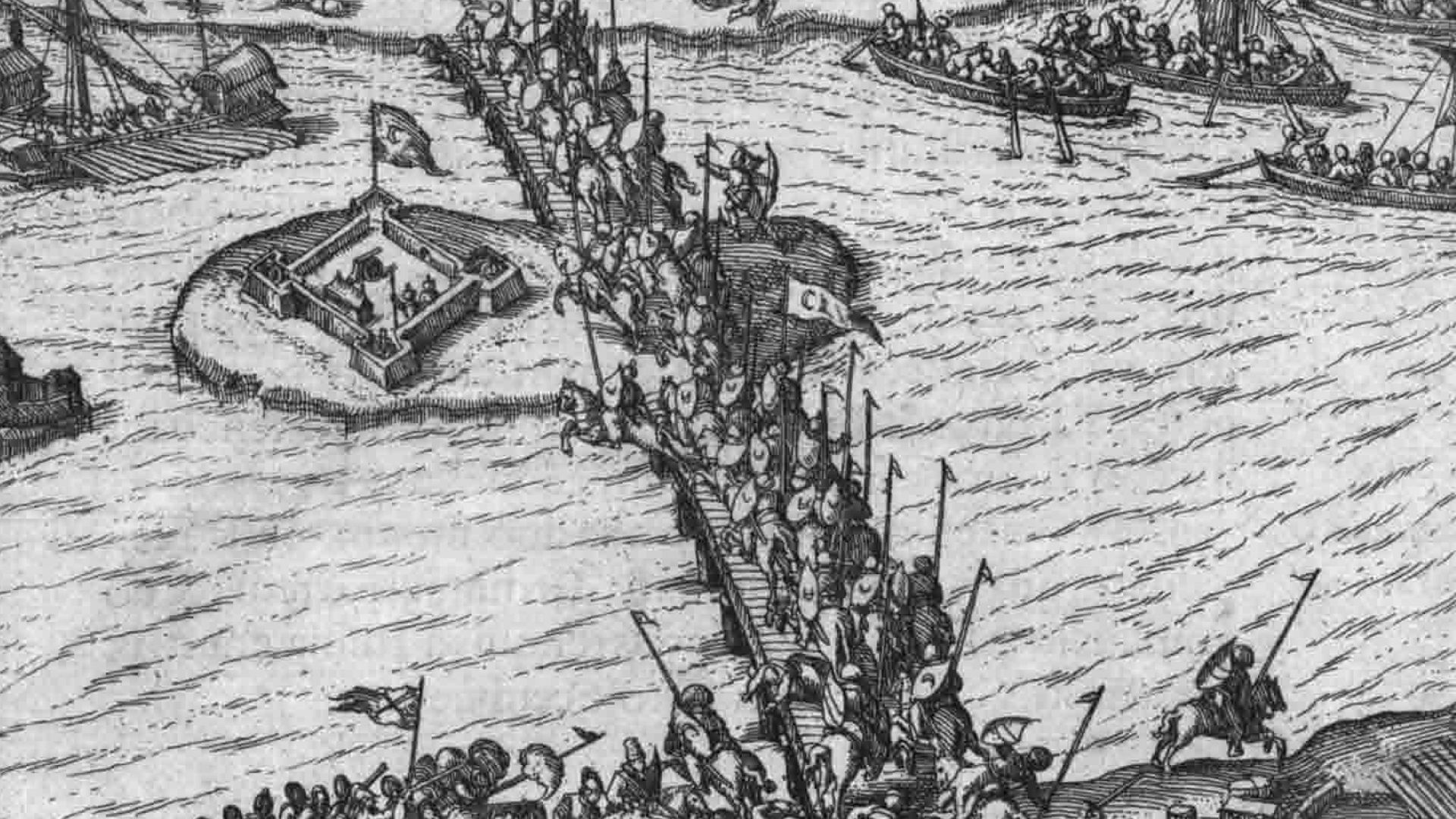 Johann Adam Lonicer, Wikimedia Commons
Johann Adam Lonicer, Wikimedia Commons
24. He Pulled Out All The Stops
By this point, Vlad’s reputation for strength and aggression had grown so much that Mehmed II knew it would be fatal to underestimate him. Additionally, more than defeating Vlad, the Sultan seemingly wanted to overtake Wallachia at last, so he mustered an army of over 150,000 men.
Finally, they landed.
 Workshop of Gentile Bellini, Wikimedia Commons
Workshop of Gentile Bellini, Wikimedia Commons
25. They Arrived
Sultan Mehmed and his army rushed to the Danube, landing at the Brăila port in May before crossing the river and arriving in Nikopol, Bulgaria, a month later. Vlad was ambitious for sure, but he was also smart enough to recognize when he and his men stood outnumbered, so he quickly retreated to Târgoviște.
Of course, Vlad had more of a plan than that.
 Unknown Author, Wikimedia Commons
Unknown Author, Wikimedia Commons
26. He Snuck Behind Enemy Lines
The chances of winning an all-out fight against Mehmed’s army were slim at best, so Vlad elected to try a more stealthy approach. Sneaking into the enemy camp in the middle of the night, Vlad and a small group of men targeted the Sultan’s tent, hoping to slay him while he slept, or at least take him captive.
Unfortunately, that’s where things went awry.
27. They Made A Humiliating Mistake
Moving through the Ottoman camp in complete silence, Vlad and his men approached the Sultan’s tent, ready to pounce on the ruler. However, at the last moment, something went embarrassingly wrong. The Wallachians tore open the tent to find that it was not the Sultan’s, but that of his viziers, forcing Vlad and his guards to flee from the camp.
Stealth wasn’t Vlad’s only kind of alternative tactic, though.
28. They Were Horrified
As June ended, the Sultan was ready to take the fight to Vlad’s forces, now holed up at Târgoviște—or so he thought. Once the Ottomans arrived, they found no living person inside the town’s bounds, only the macabre sight of thousands of bodies on stakes littered around in what they later referred to as a “forest of the impaled”.
This certainly took a mental toll on the Ottomans.
 fusion-of-horizons, CC BY 2.0, Wikimedia Commons
fusion-of-horizons, CC BY 2.0, Wikimedia Commons
29. They Remained
Ultimately, Sultan Mehmed II’s invasion failed, and most of his forces withdrew from Wallachia. Although they had superior numbers, the intense heat, thirst, and psychological damage from Vlad contributed to their retreat. A smaller Ottoman force stayed behind under the command of Vlad’s brother Radu, whom the Impaler fought and defeated a few times.
Still, Vlad knew he couldn’t win forever on his own.
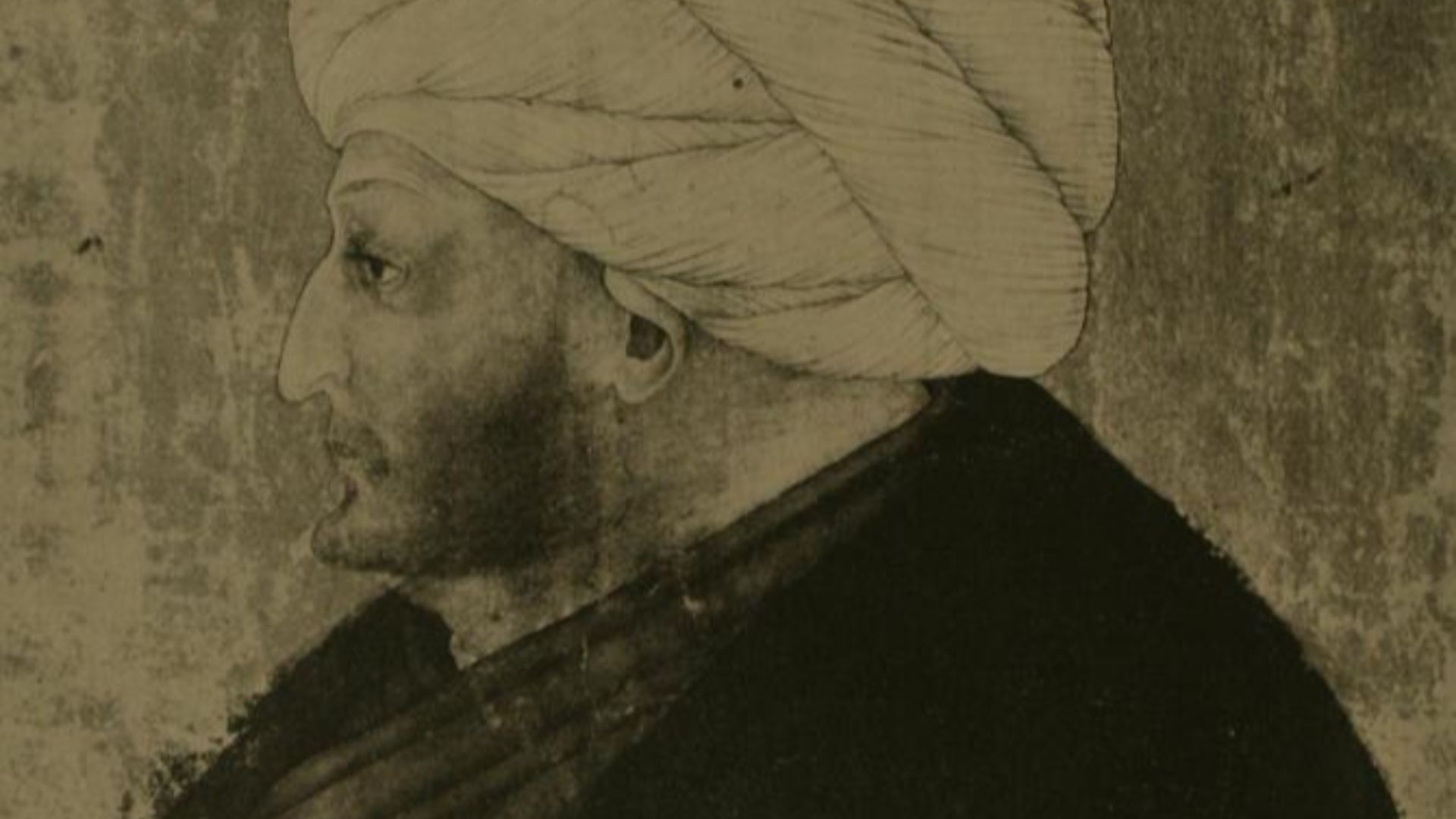 Norman Mosley Penzer, Wikimedia Commons
Norman Mosley Penzer, Wikimedia Commons
30. He Retreated
As for Vlad, he realized that he and his armies couldn’t succeed on scare tactics and luck alone—they needed help. Also withdrawing from Wallachia, he traveled to the Carpathian Mountains, hoping to call on his old friend Matthias Corvinus to aid him. Together, they may have had a chance against the Ottomans.
 Daniel Ighisan, CC BY-SA 3.0, Wikimedia Commons
Daniel Ighisan, CC BY-SA 3.0, Wikimedia Commons
31. He Asked An Old Friend For Help
Meeting Vlad in Transylvania in 1462, Corvinus sat down with the voivode and discussed the terms of their alliance. Although they spent several weeks going back and forth, Corvinus’s final decision was to refuse Vlad’s request. Although the Impaler put forward some compelling arguments, the bottom line was that Corvinus just didn’t want to fight the Ottoman Empire.
However, the answer “no” wasn’t the worst of it.
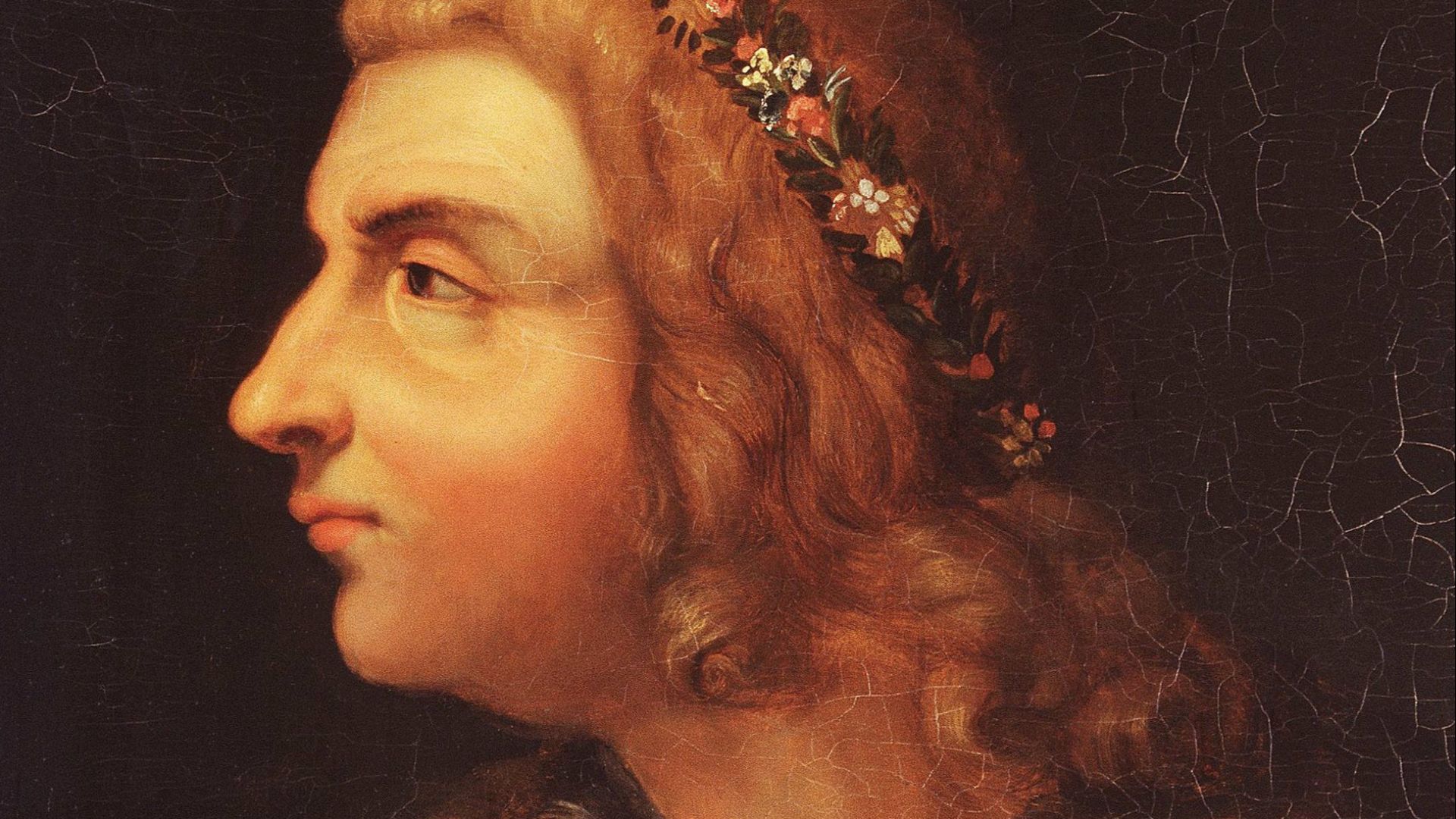 Peter Paul Rubens, Wikimedia Commons
Peter Paul Rubens, Wikimedia Commons
32. He Felt The Sting Of Betrayal.
Following their negotiations, Corvinus wasn’t satisfied with simply letting Vlad return to Wallachia freely. As soon as the Impaler reached the commune of Rucăr, the mercenary commander, John Jiskra of Brandýs, overwhelmed Vlad and took him as a prisoner—all on the orders of Corvinus.
Still, they couldn’t just hold him captive without a reason.
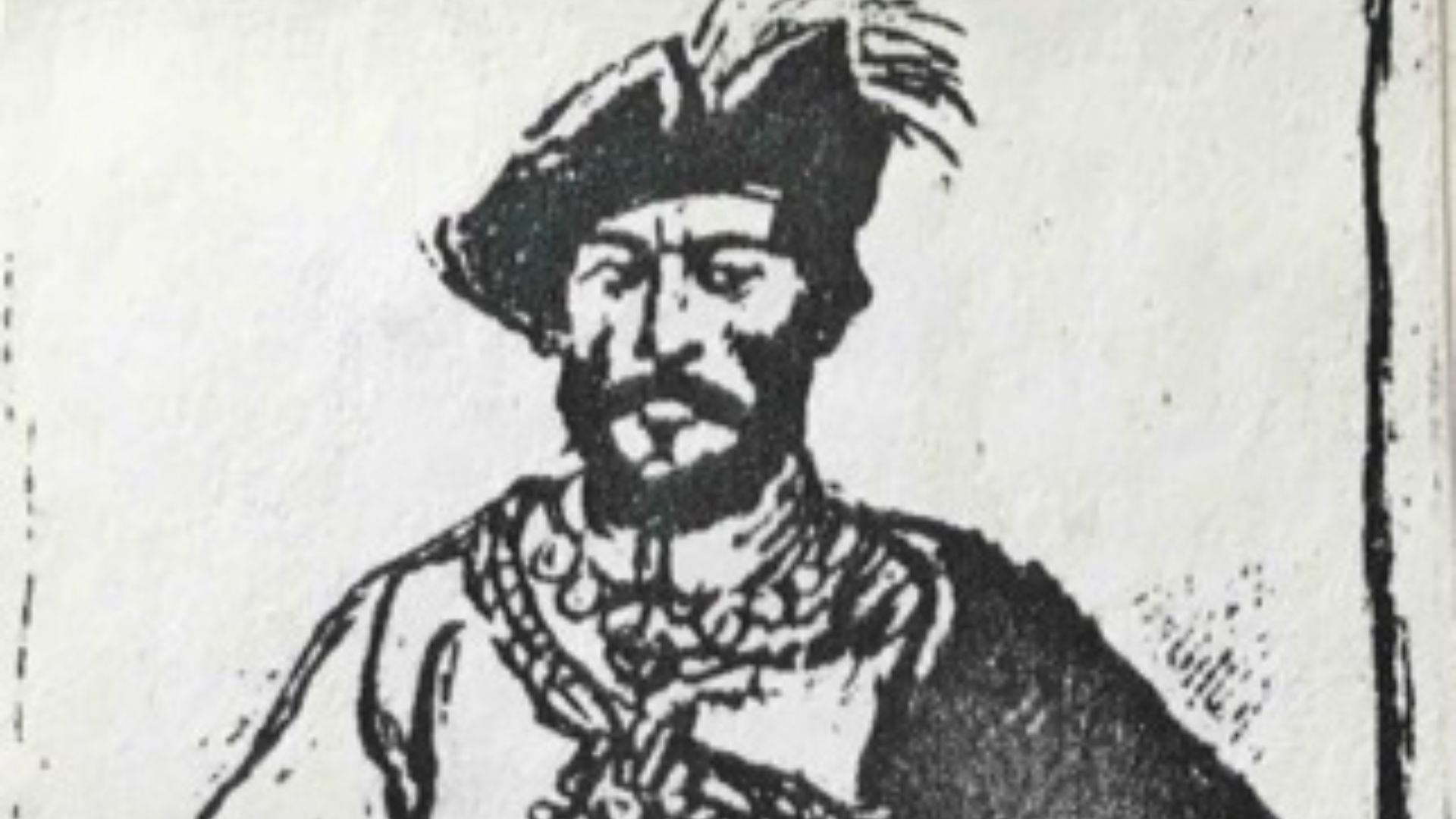 Mikolas Ales, Wikimedia Commons
Mikolas Ales, Wikimedia Commons
33. They Tried To Explain
Although Vlad needed help actually fighting the Ottomans, he wasn’t without allies entirely, as the Venetians and Pope Pius II supported his campaign. This meant that when Corvinus captured Vlad, he needed to state a reason why. Conveniently, he showed three letters by Vlad, in which the Impaler offered to ally with the Ottomans against Hungary.
However, something very fishy was going on.
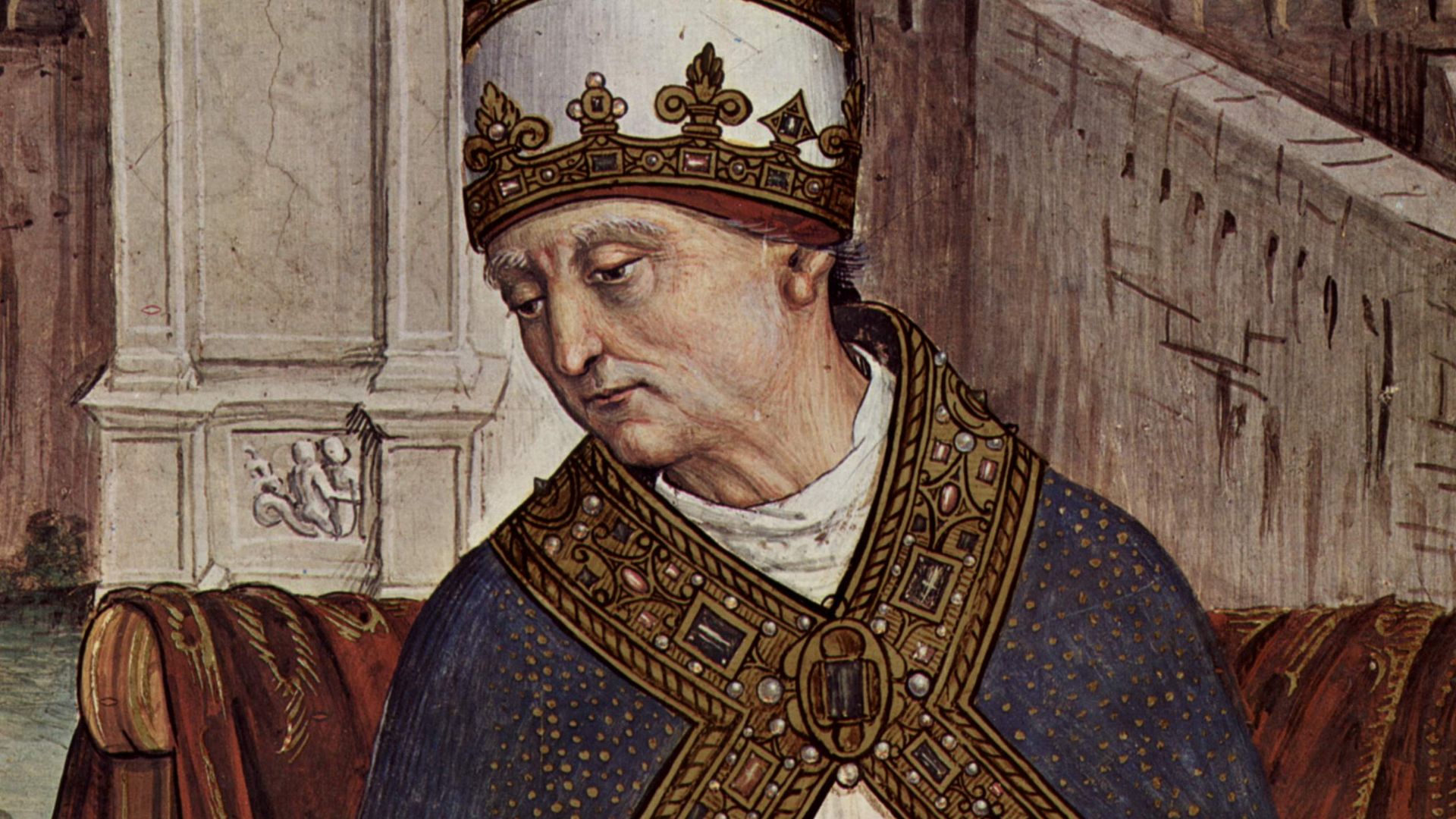 Pinturicchio, Wikimedia Commons
Pinturicchio, Wikimedia Commons
34. They Were Fake
Whether or not it was obvious at the time, most historians agree that the letters Corvinus presented to Vlad’s allies were, in fact, forgeries. Furthermore, the real reason must have been something truly unjustified, as Corvinus’s court historian wrote that the ruler never specified what it was.
Although someone else had an idea.
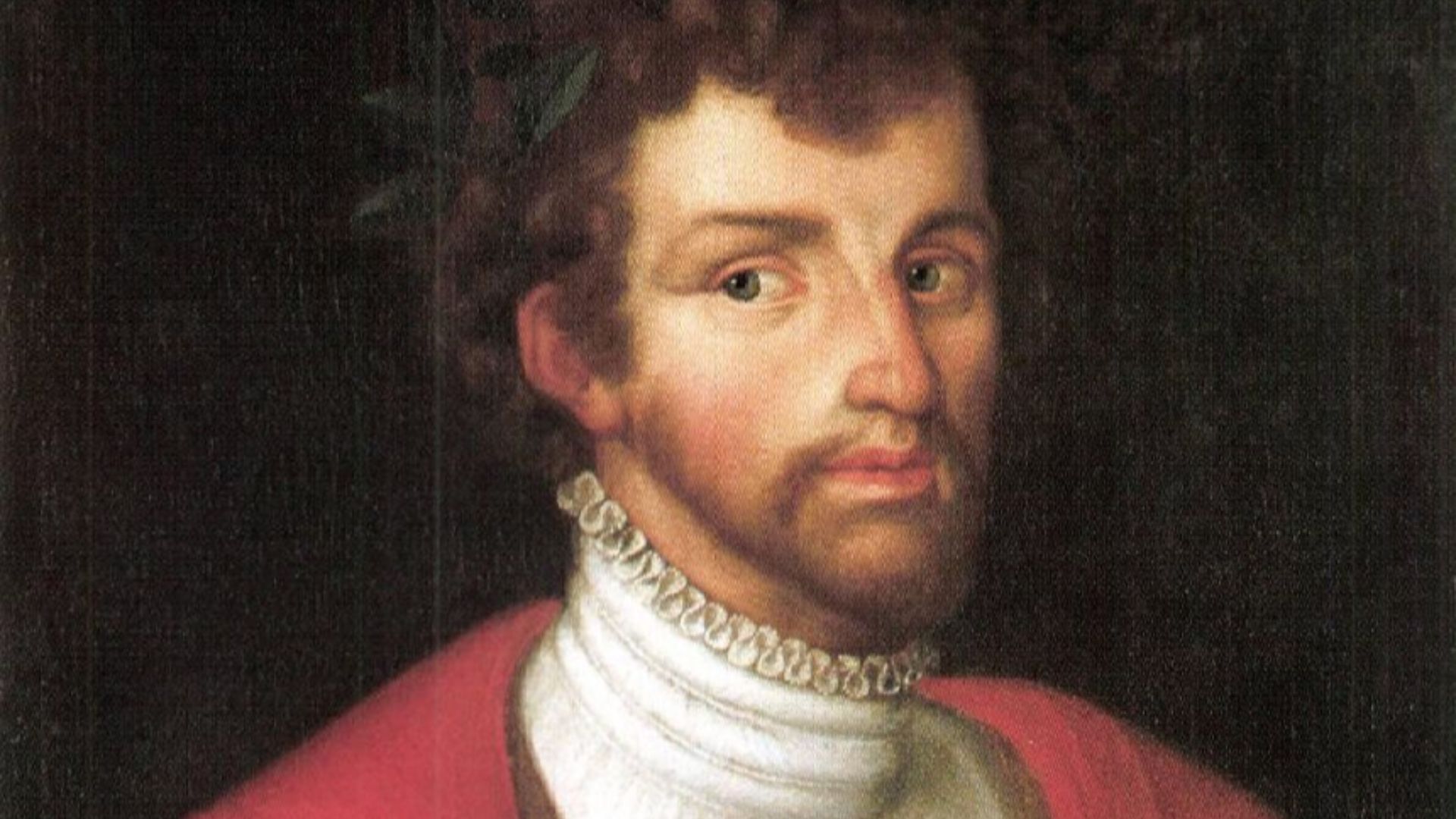 Unknown authorUnknown author, Wikimedia Commons
Unknown authorUnknown author, Wikimedia Commons
35. He Was Sadistic
According to the Bishop of Eger, Gabriele Rangoni, the explanation for Vlad’s captivity was clearly due to his barbarism. In the bishop's account, a shocking rumor about Vlad’s habits while imprisoned began to spread. Allegedly, he couldn’t keep from his impaling ways, and the rats around him frequently became his new victims.
Even though he may have terrified his captors, his freedom would have to wait.
36. He Stayed Locked Up
Vlad’s captivity was not to be taken lightly, and all hopes of Corvinus coming to his senses or releasing the Impaler once the message had gotten across went out the window. Initially held in modern-day Alba Iulia, Romania, Corvinus had Vlad brought to the town of Visegrád, where he remained under lock and key for 14 years.
Even after all that, the answer was still the same.
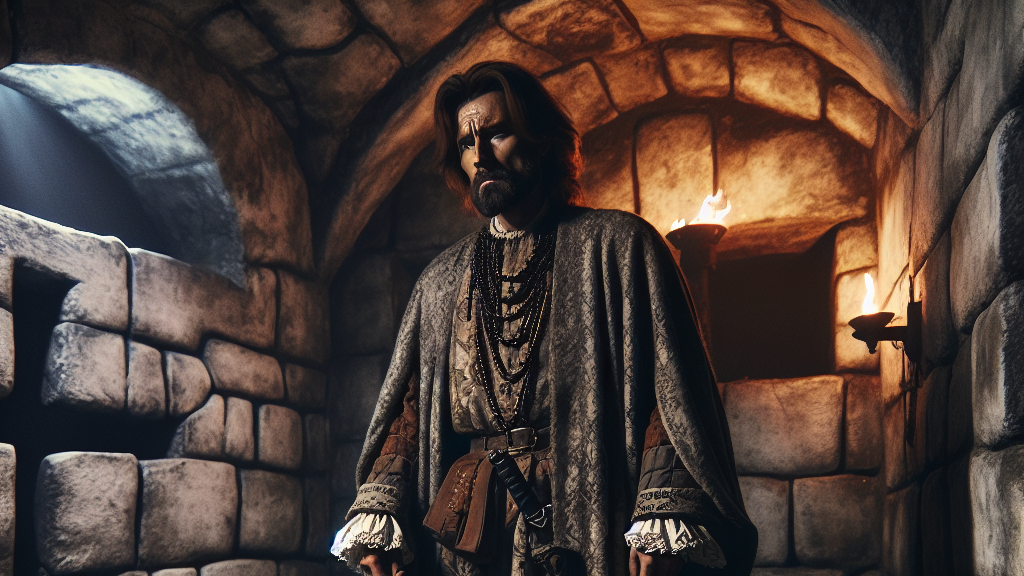 Factinate37. He Still Refused
Factinate37. He Still Refused
After a 14-year stay as Corvinus’s captive, Vlad only got out because he became a Catholic—at least according to Slavic legend. Now that the two were on the other side of their little schism, there was still the question of Corvinus’s help. However, even though he considered Vlad to be Wallachia’s lawful prince, Corvinus still wouldn’t involve his forces.
At the same time, he had no problem using Vlad for his own benefit.
38. He Was Sent To Fight
Now a free man, Vlad couldn’t keep from fighting for long, especially since Corvinus wanted the Impaler to battle the Ottomans for him. Along with a Serbian nobleman named Vuk Grgurević, Vlad fought across Bosnia, slaying waves of civilians and impaling Ottomans by the hordes.
But this wasn’t his last tag-team mission.
 Unknown authorUnknown author, Wikimedia Commons
Unknown authorUnknown author, Wikimedia Commons
39. They Intervened
In mid-1476, Vlad’s old ally, Stephen III, ended the Battle of Valea Albă in defeat as the Ottomans invaded Moldavia. In response, Vlad leaped again into action, this time accompanied by Hungarian commander Stephen Báthory. The two charged their forces against the Sultan’s, breaking his siege on Neamț Citadel and forcing him back.
These partnerships proved fruitful.
40. They Were Invading
Since Vlad’s imprisonment, Mehmed II had proclaimed another of Vlad’s cousins, Basarab Laiotă, Wallachia’s lawful ruler. However, men like Stephen Báthory and Stephen III—and, of course, Vlad Tepes—were intent on removing this pretender. Therefore, both Stephens prepared to invade Wallachia during the fall of 1476.
For one Stephen, though, the partnership had to become official.
41. They Joined Forces
Vlad and Stephen III were ready to face the Ottoman Empire together and get the Impaler back on Wallachia’s throne. To show their sincerity, the two officially declared their alliance with a ceremony before heading out to fight. With friends like these, Vlad’s journey back to the throne wouldn’t be long.
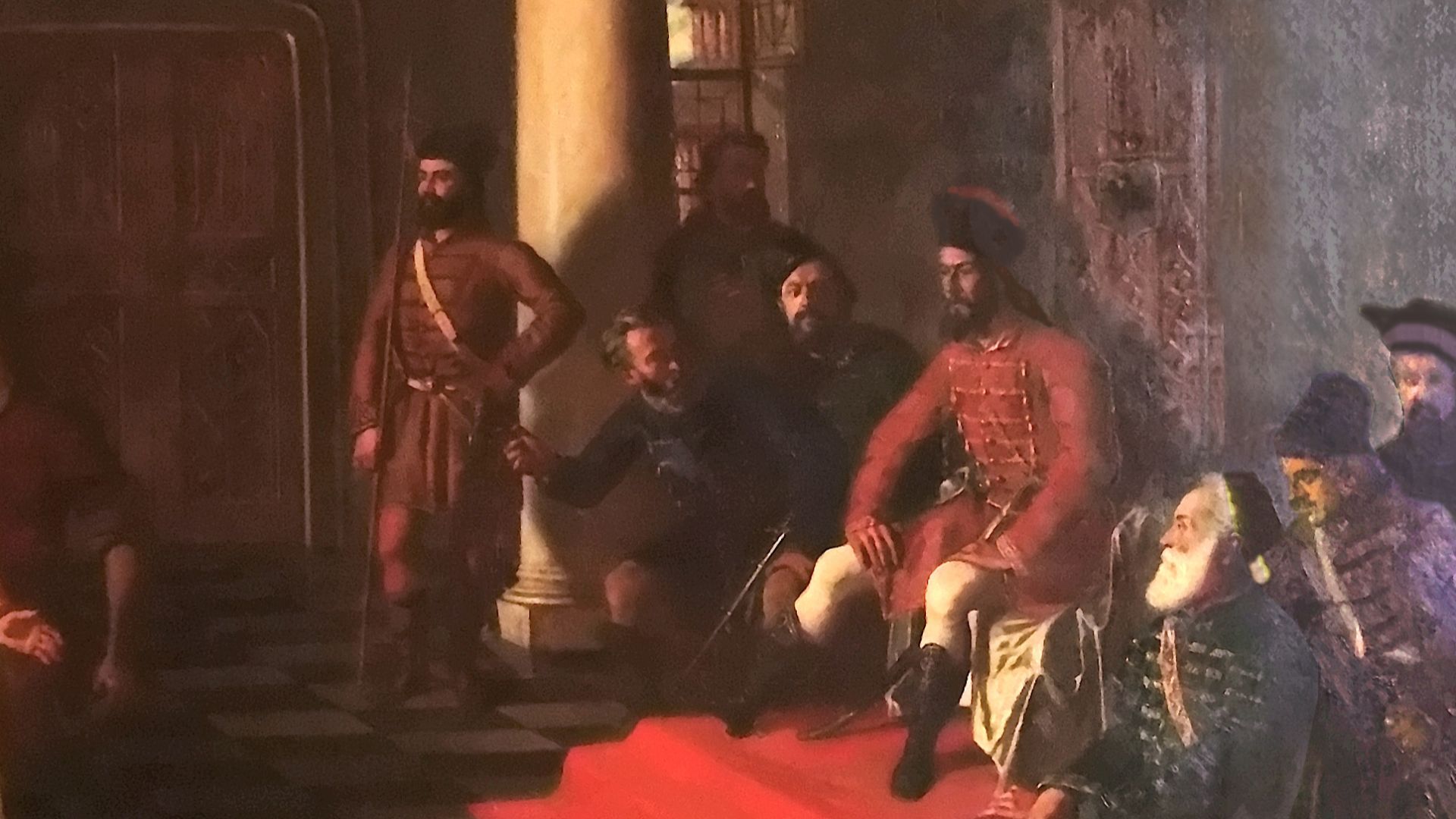 Theodor Aman, Wikimedia Commons
Theodor Aman, Wikimedia Commons
42. He Spread The Word
Over the next couple of weeks, Vlad and Stephen III overtook Bucharest, defeating the forces of Basarab Laiotă so badly that he had no choice but to flee to the Ottoman Empire by November 16. By the 26th, Vlad had reclaimed the crown and become Voivode again, alerting the merchants in Brașov and inviting them back to Wallachia.
Of course, as history often goes, this new reign was short-lived.
 Scan made by Olahus, Wikimedia Commons
Scan made by Olahus, Wikimedia Commons
43. They Were Overwhelmed
Naturally, even though Vlad had ousted Laiotă from the throne, the conflict hadn’t truly been put to rest. The following month, Laiotă returned with not only a vengeance but also a host of Ottoman forces around 4,000 strong. Refusing to allow the Ottomans to retake his throne, Vlad and his 2,000 men made their stand, resulting in their defeat and Vlad’s ultimate demise.
At least, that’s one possibility...
44. He Was Never Found
As it happens, the true nature of how Vlad met his end remains another mystery. Several accounts include different stories, such as an assassin slaying him in the night, or him being decapitated after enemies ambushed him and his men. Adding to the intrigue is the fact that, despite him being such a notorious ruler, no one has ever found his final resting place.
 Vlad the Impaler (Full Episode) | Atlas of Cursed Places | National Geographic, National Geographic45. His Alleged Tomb Did Not Hold Human Remains
Vlad the Impaler (Full Episode) | Atlas of Cursed Places | National Geographic, National Geographic45. His Alleged Tomb Did Not Hold Human Remains
To this day, many people still believe that Vlad the Impaler was buried in the Monastery of Snagov in Romania. However, in 1993, the archaeologist Dinu V. Rosetti excavated his alleged tomb—and made a chilling discovery. Rosetti didn't find any human remains, but rather horse bones, only adding to Vlad's prevailing mystery.
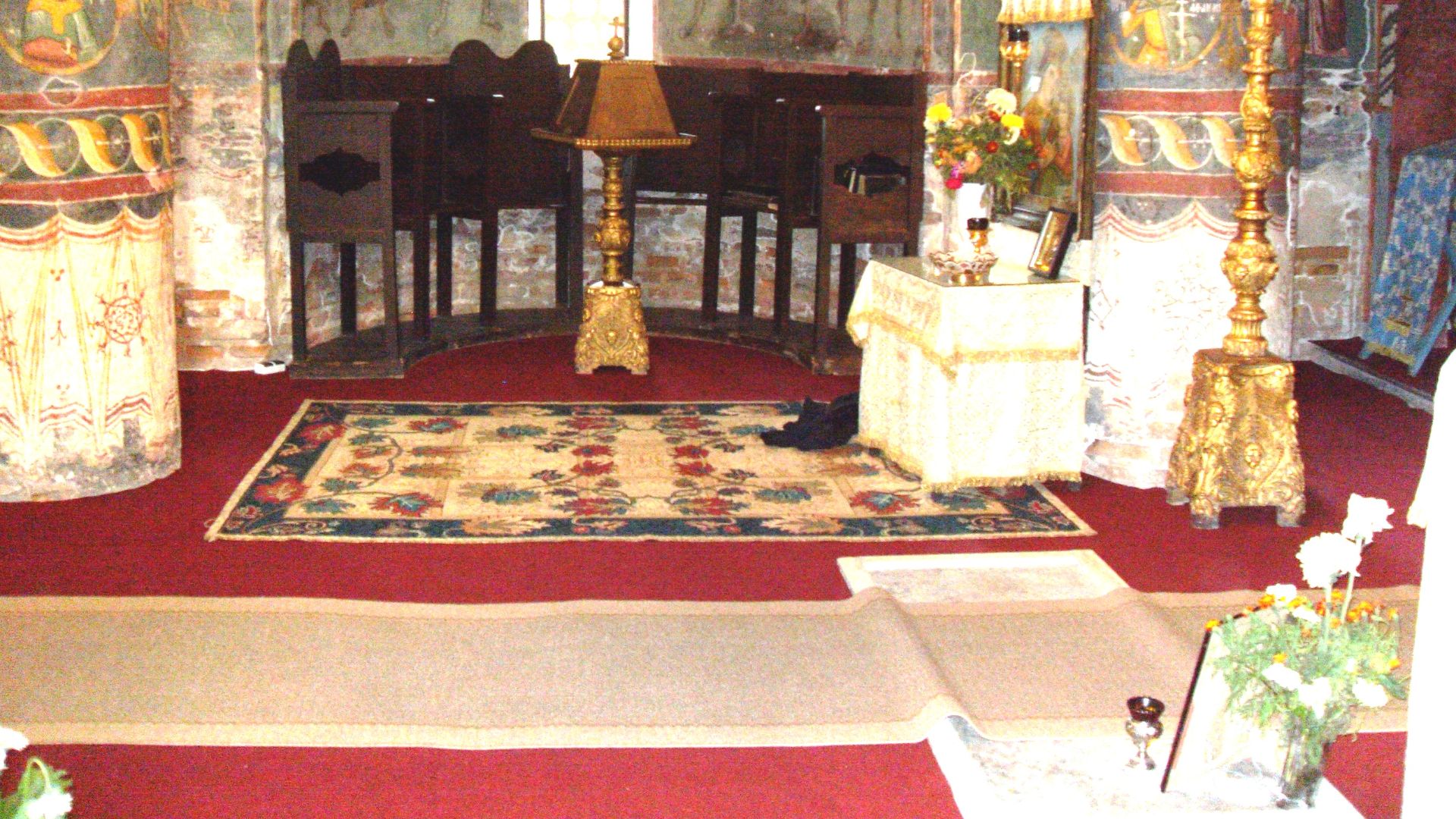 Ferran Cornellà, Wikimedia Commons
Ferran Cornellà, Wikimedia Commons
46. His Infamy Grew
In life and after, Vlad the Impaler became the focus of many stories, both rooted in fact and spun out of fiction. This became especially true after his imprisonment when Corvinus actively perpetuated the legends of Vlad’s devilry. However, instead of trying to combat any embellishments, Vlad thrived on the fear that came from all the myths about him.
There was no small amount, either.
47. He Was Bloodthirsty
One of the most famous legends attributed to Vlad the Impaler pushed his alleged depravity beyond the idea of torturing his victims. According to many rumors, Vlad often had feasts close to his impaled victims, with some even saying that he dipped his bread in their blood.
Needless to say, this story eventually led to one of horror’s most famous characters.
48. He Inspired An Icon
It’s not difficult to see the similarities between the legends of Vlad Dracula and the Count Dracula that more people know today. However, despite legends of vampires dating back centuries, Bram Stoker’s Dracula would be the first book to connect the two. Bizarrely, Vlad never actually popped up among Stoker’s working papers for the novel.
However, not everything may be as it seems.
 Universal Studios, Wikimedia Commons
Universal Studios, Wikimedia Commons
49. His Truth Is Murky
It’s difficult to determine how much of Vlad’s alleged wickedness was authentic, considering those who spread these rumors had an obvious bias. While eyewitnesses were the ones to report his usual raids, there is a good chance that the Saxons either embellished or completely fabricated many of the more heinous stories to paint him as a psychopathic villain.
In fact, some people nowadays view him as the opposite.
50. They Depicted Him Differently
Over the following centuries, opinions toward Vlad Tepes changed among many Romanians, especially the country’s artists. The common view among these creatives is that, while Vlad was obviously a tyrant, he was also a fair ruler who punished the wicked and corrupt and rewarded the faithful.
It’s not just the artists who thought this way, though.
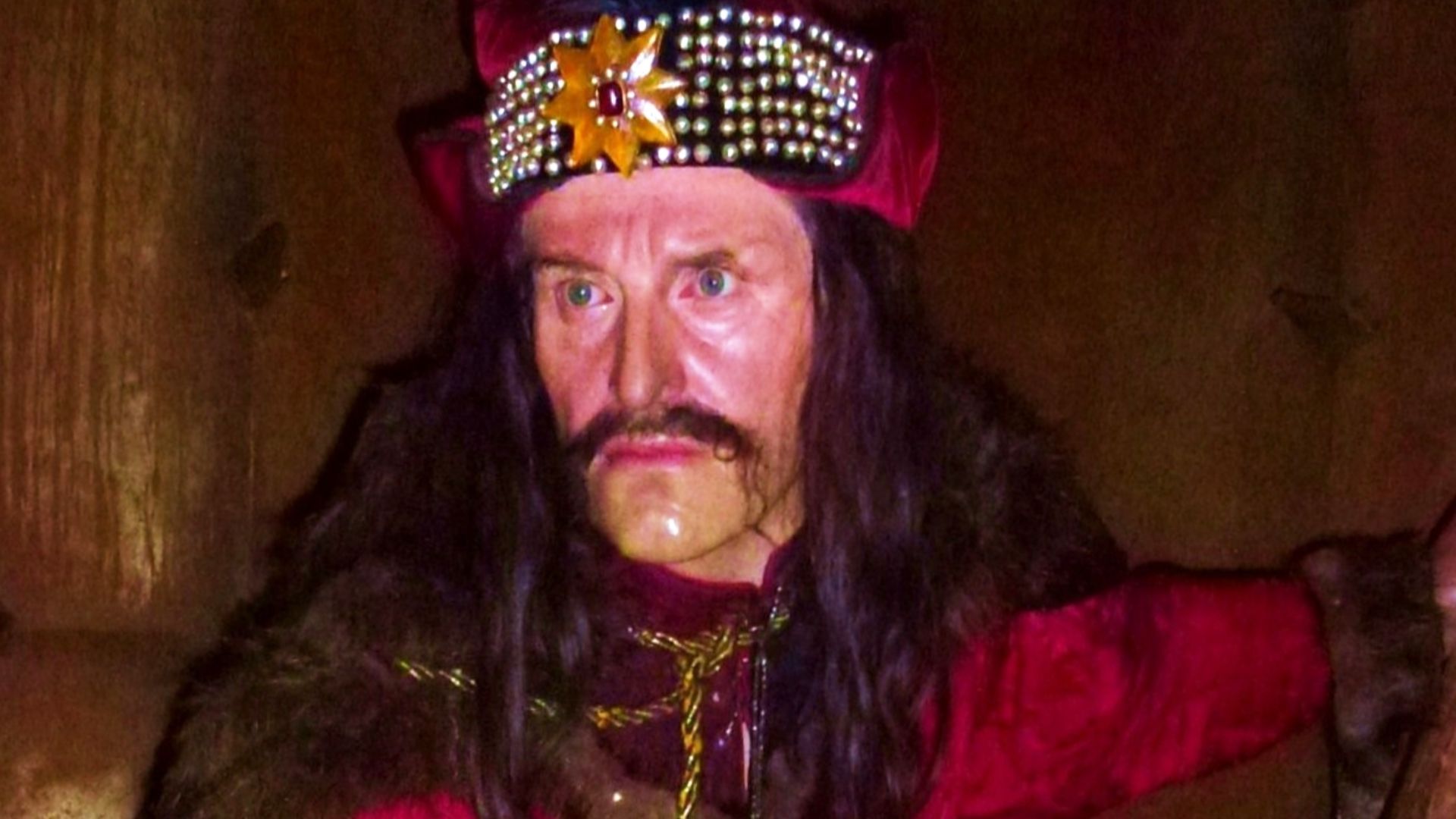 © Pierre Andre, Wikimedia Commons
© Pierre Andre, Wikimedia Commons
51. They Held Him Up
Just as Romanian artists have depicted Vlad Tepes as a just leader, most Romanian historians have an equally positive view of the Impaler. Many experts excuse even his most brutal decisions as the actions of a patriot simply trying his best to preserve Wallachia’s independence. Certainly, one could argue that had his reputation not made his enemies think twice, he may have met his end much earlier.
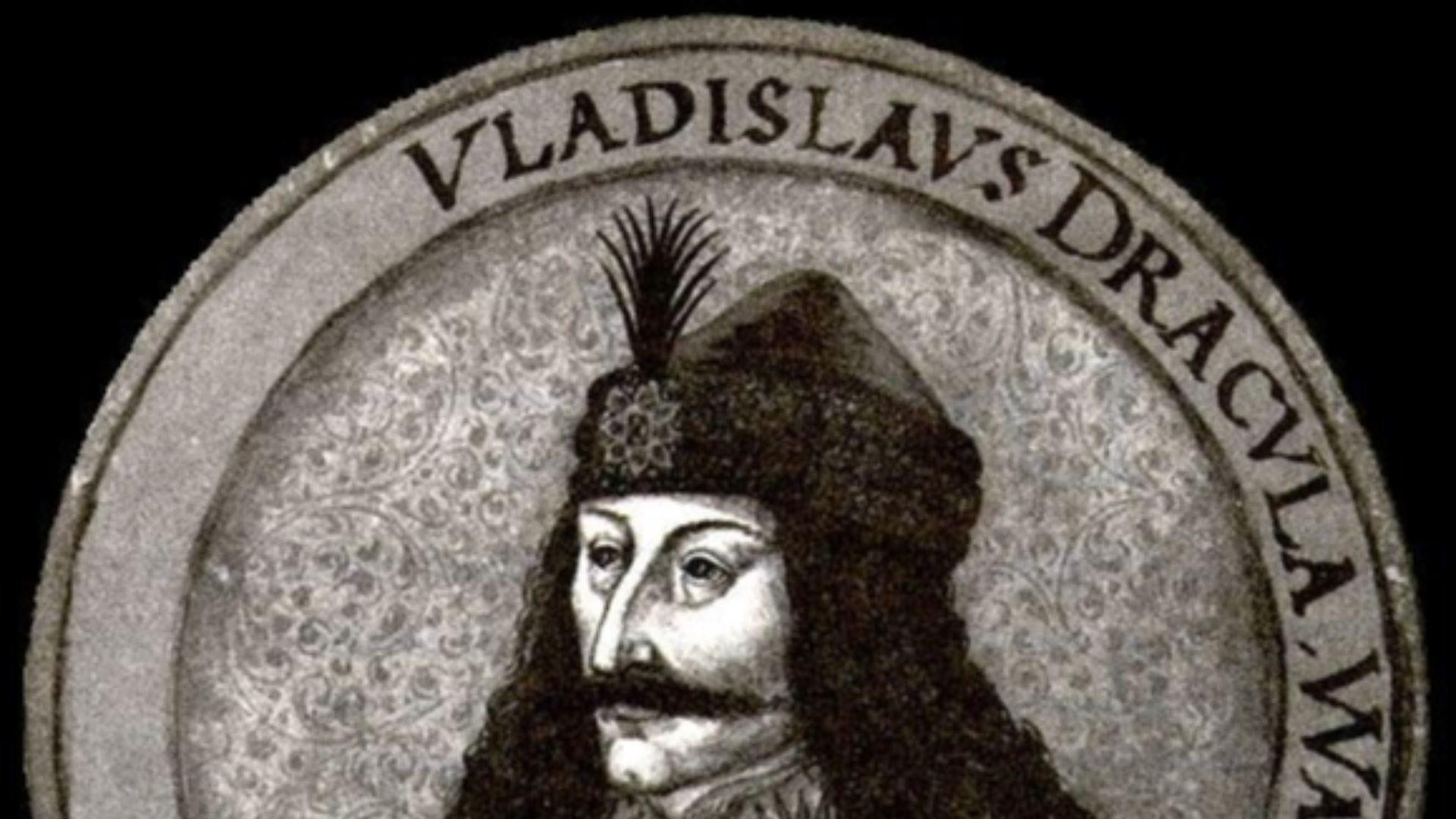 Nikolaus Ochsenbach, Wikimedia Commons
Nikolaus Ochsenbach, Wikimedia Commons
You May Also Like:
King Philip Of France Took Self-Righteousness To Another Level
The Romanovs Only Had Themselves To Blame

